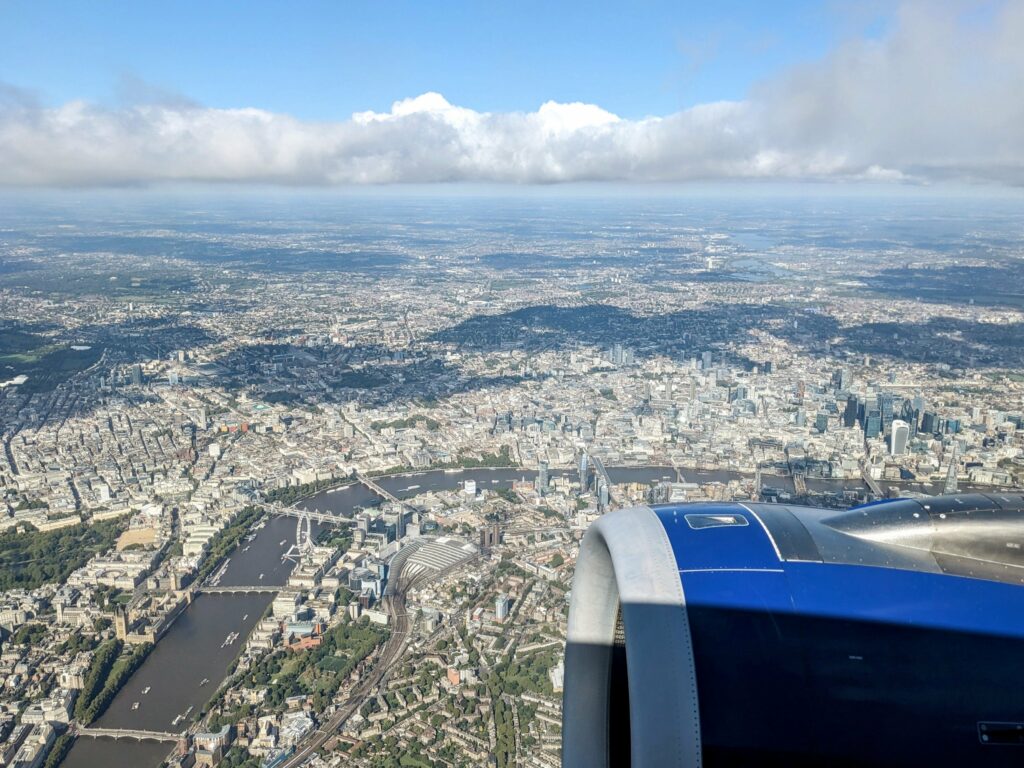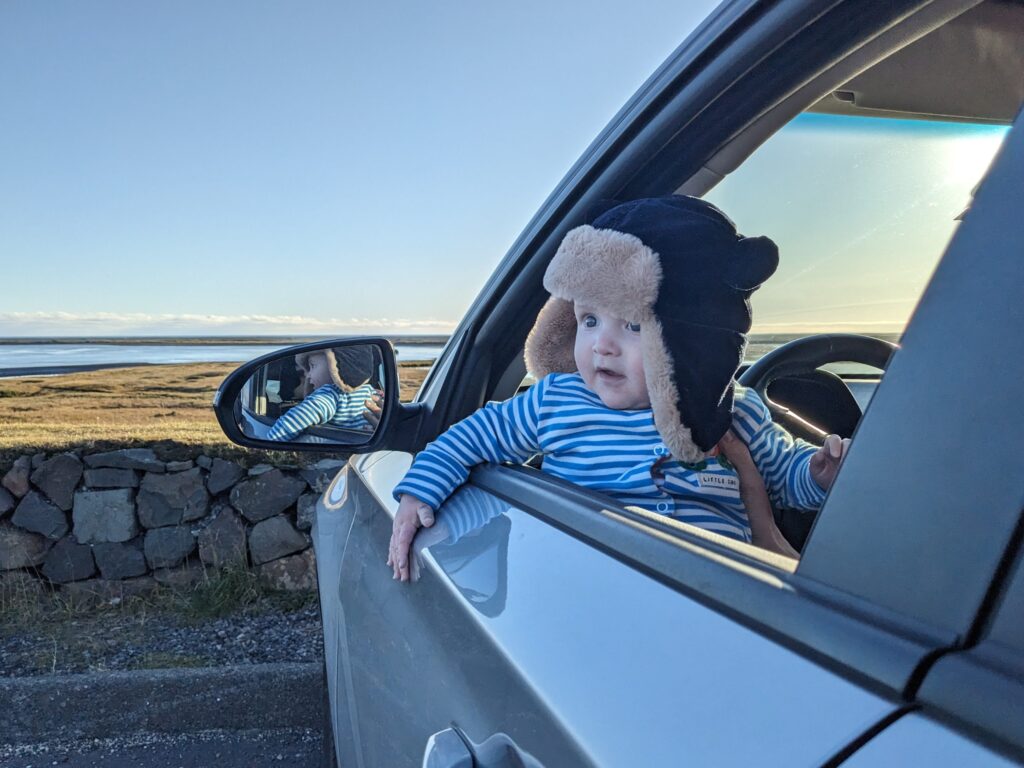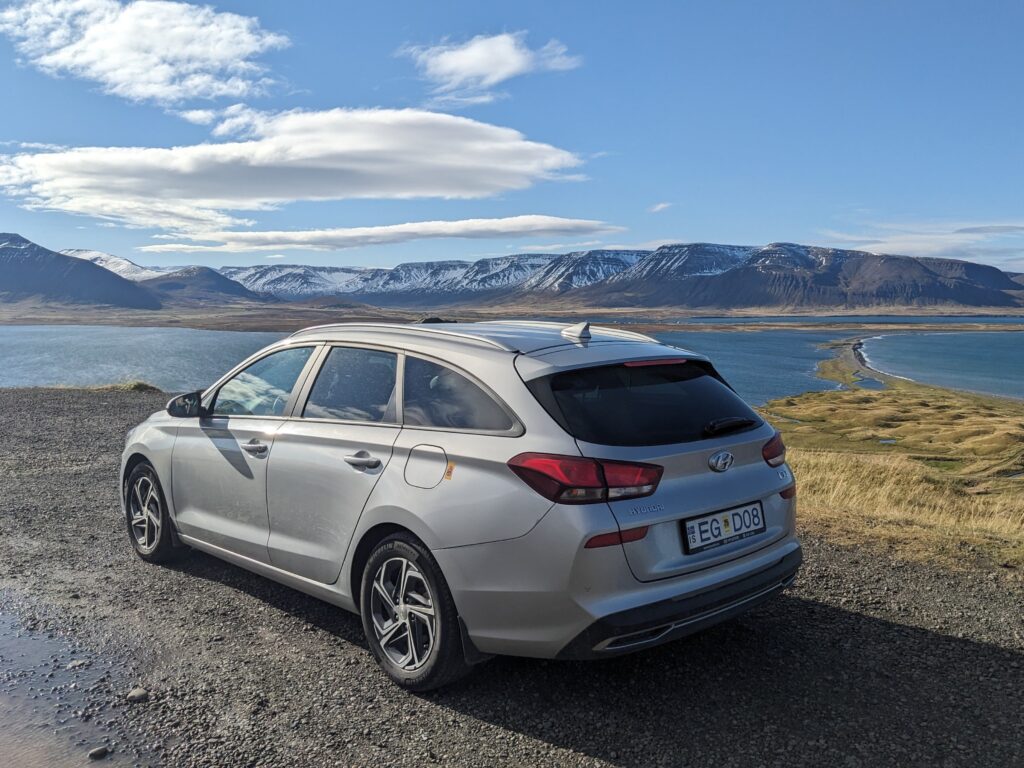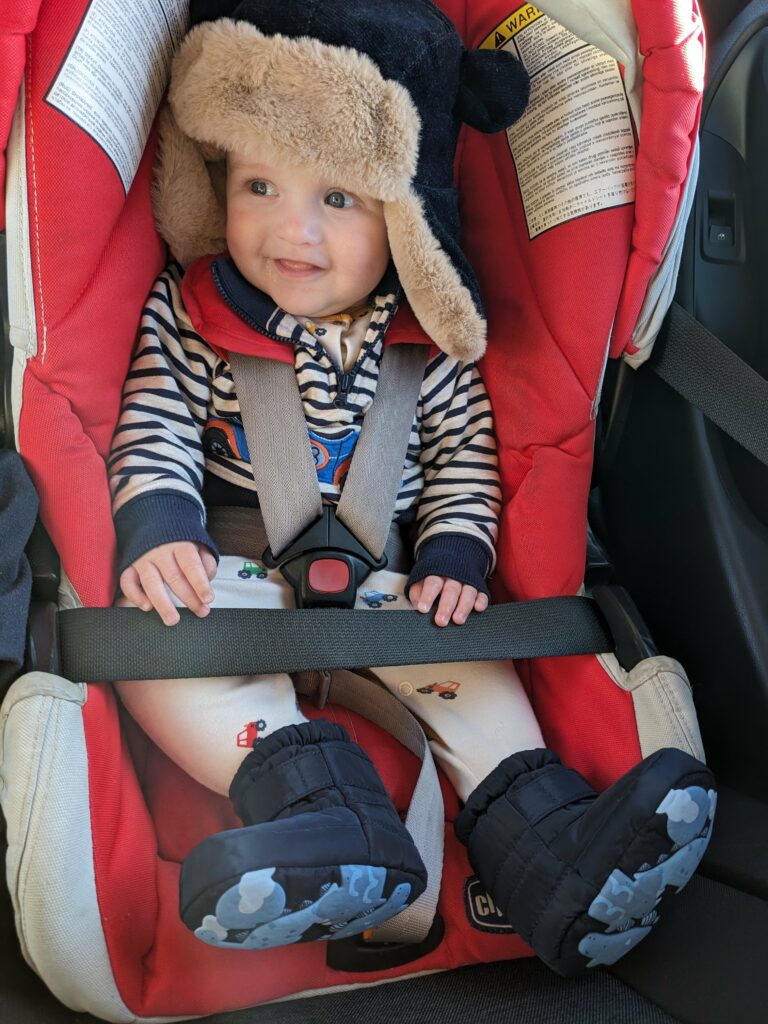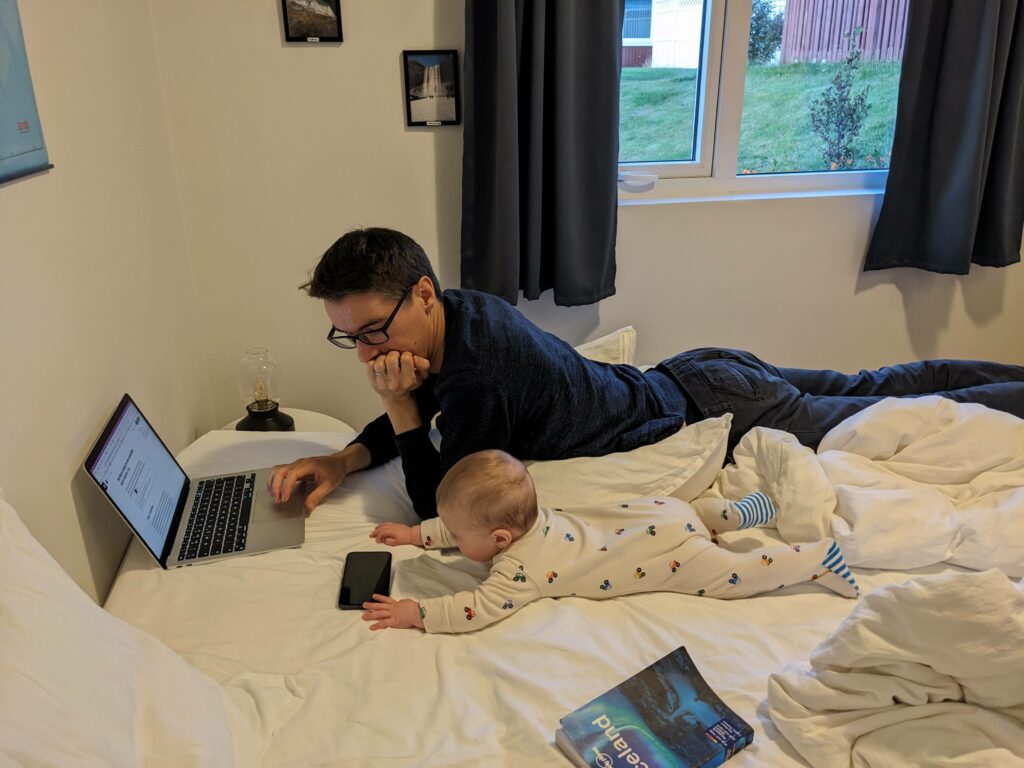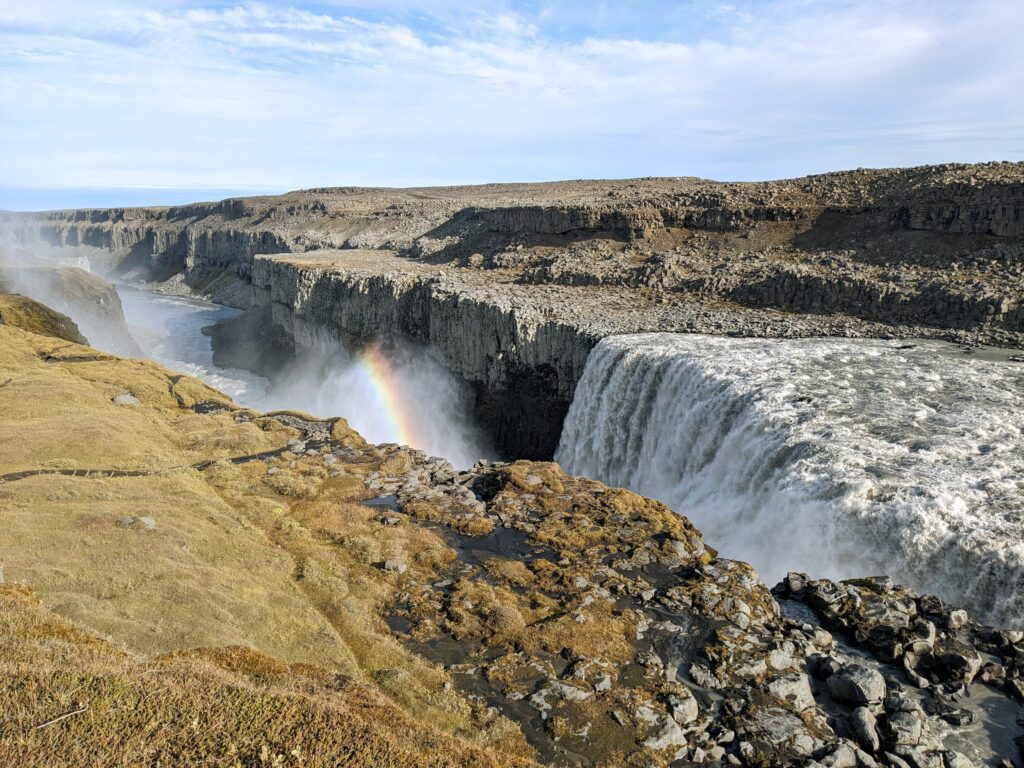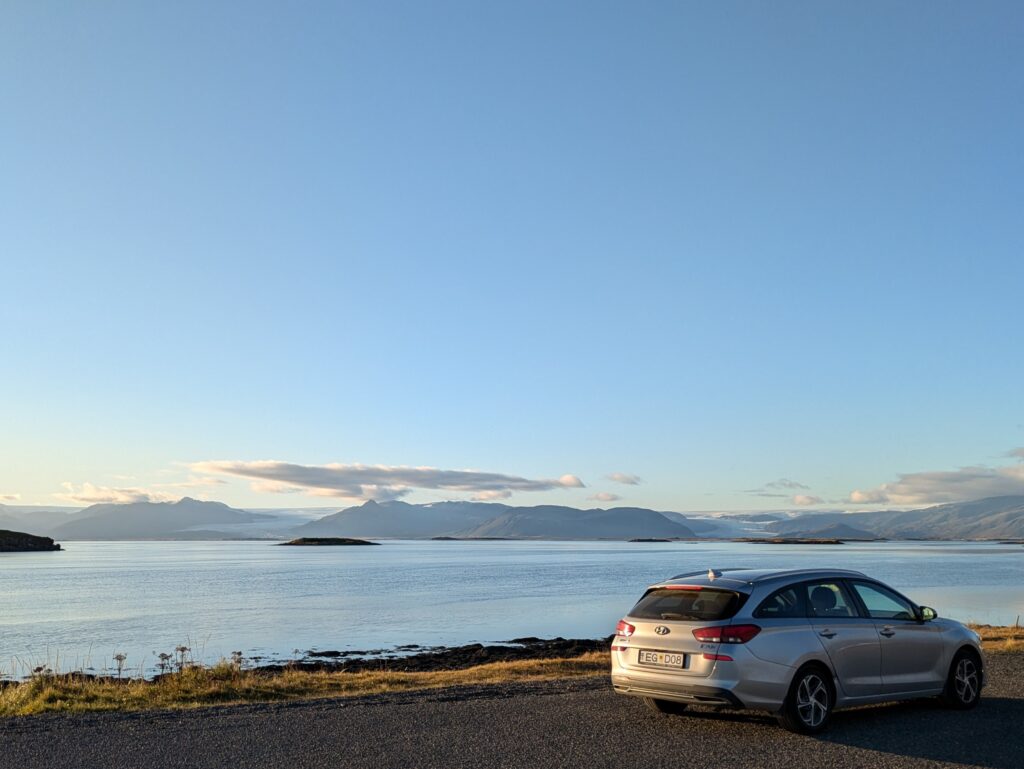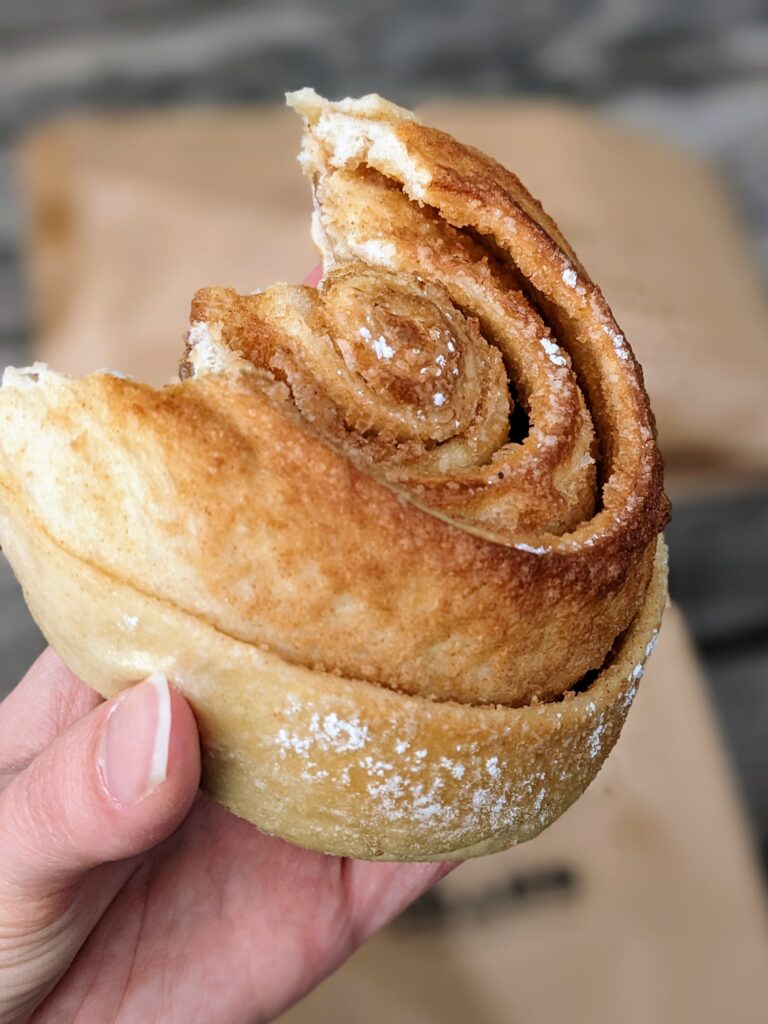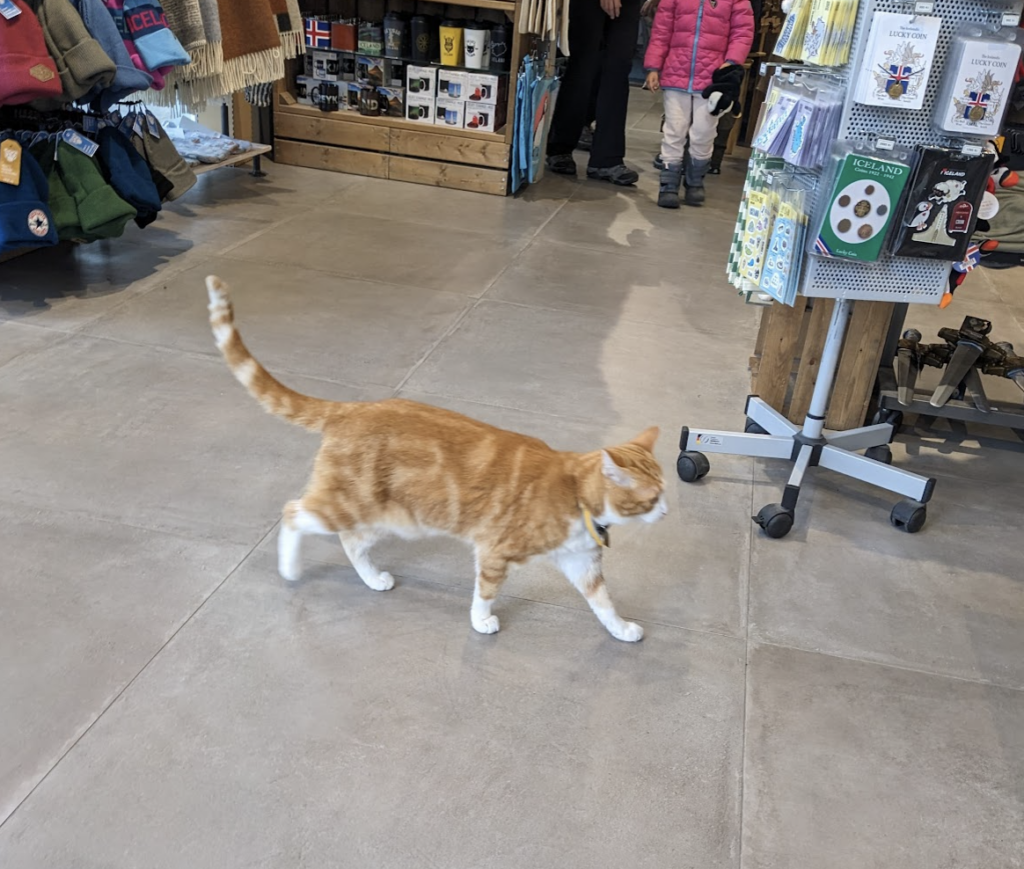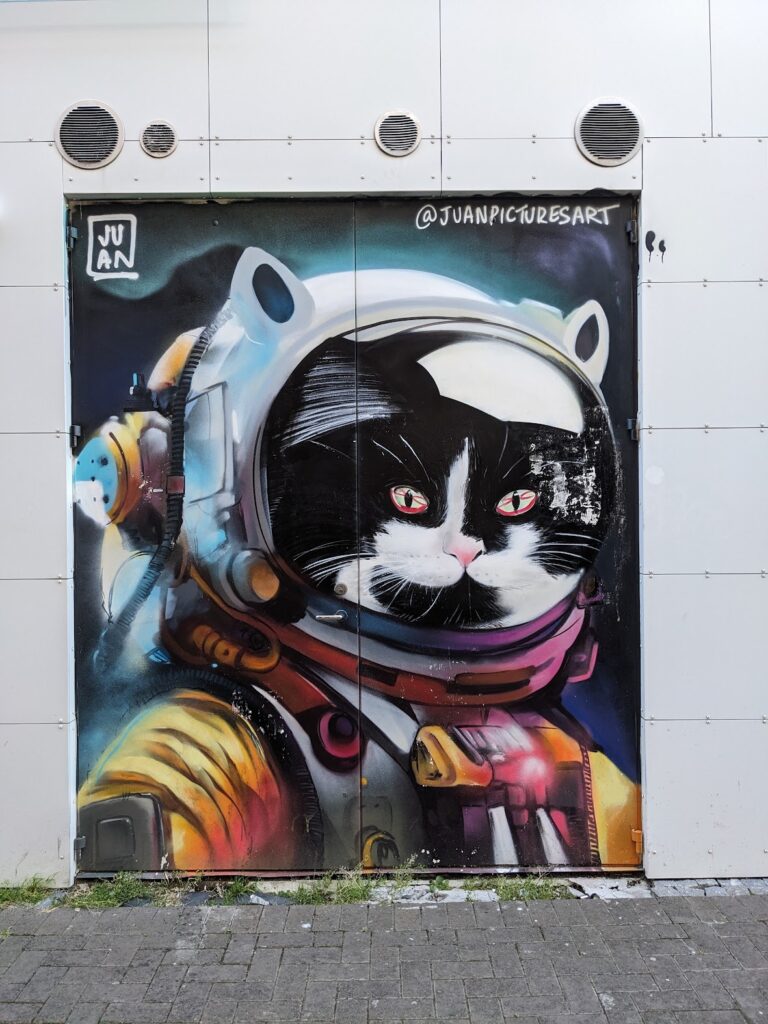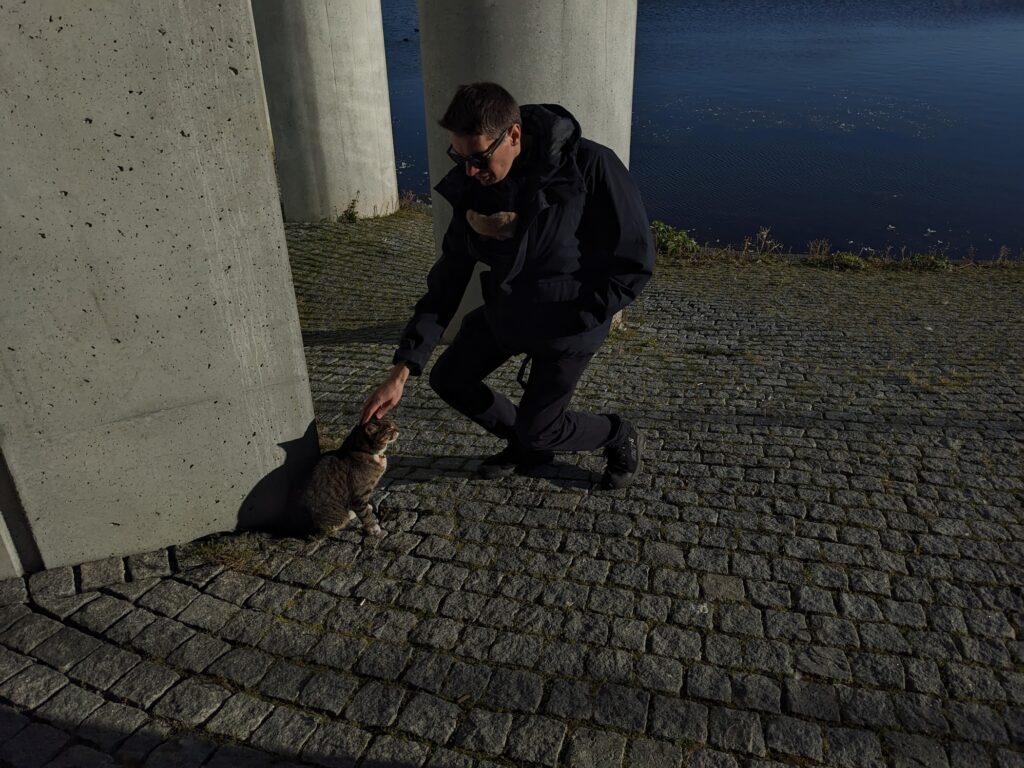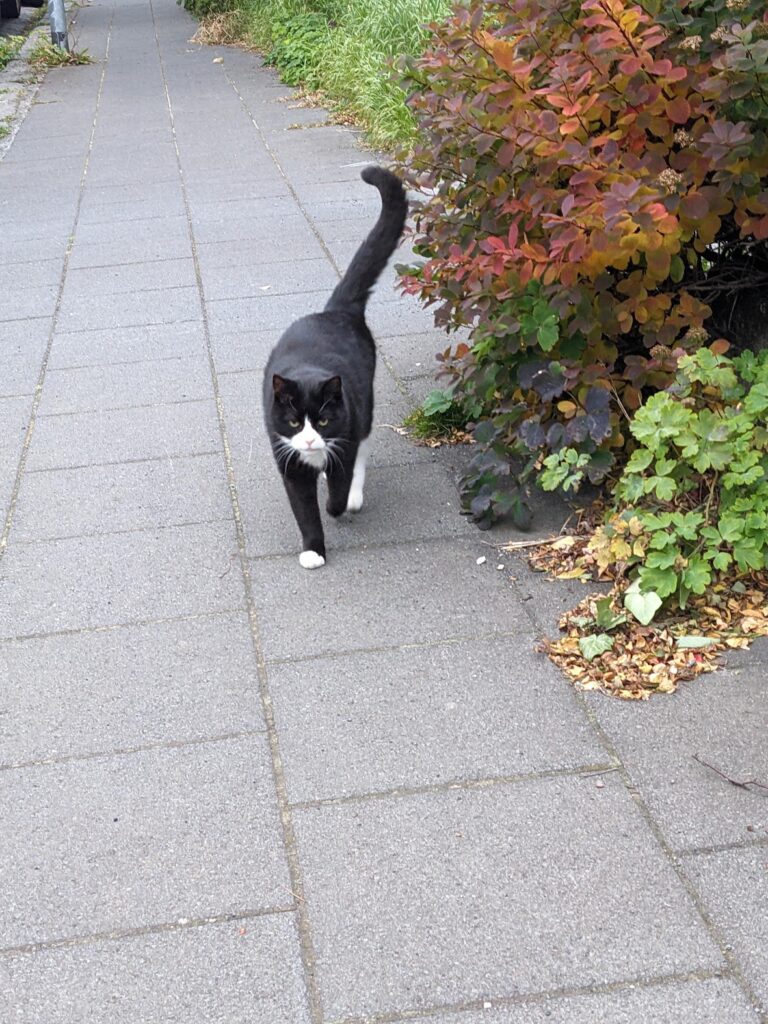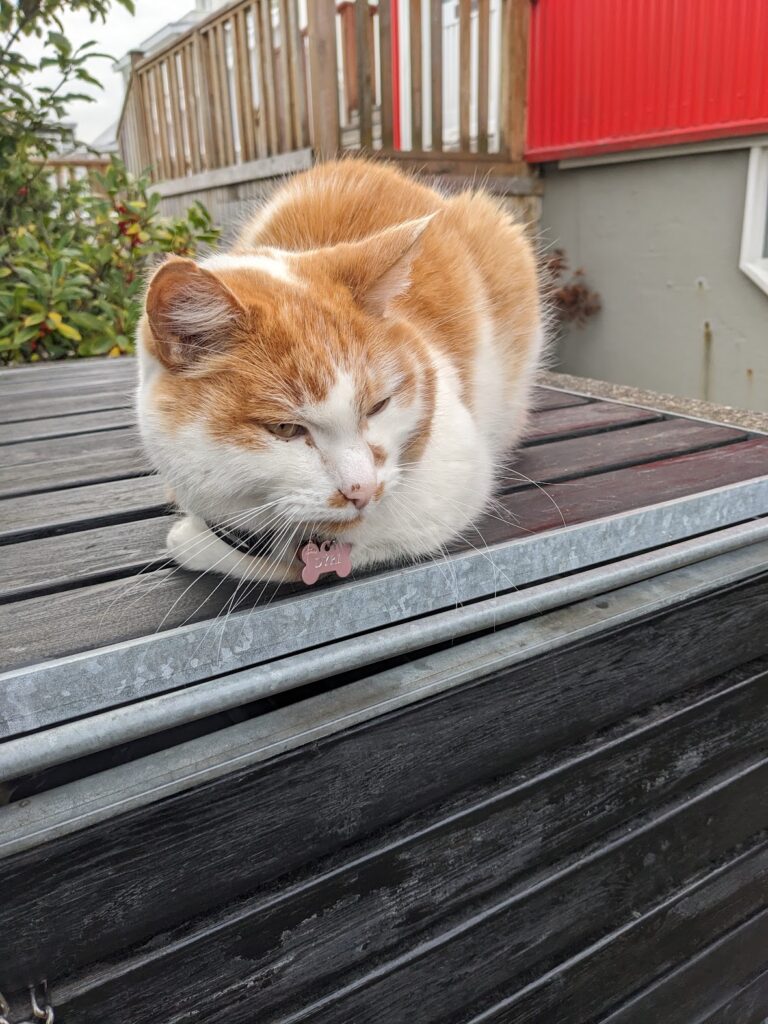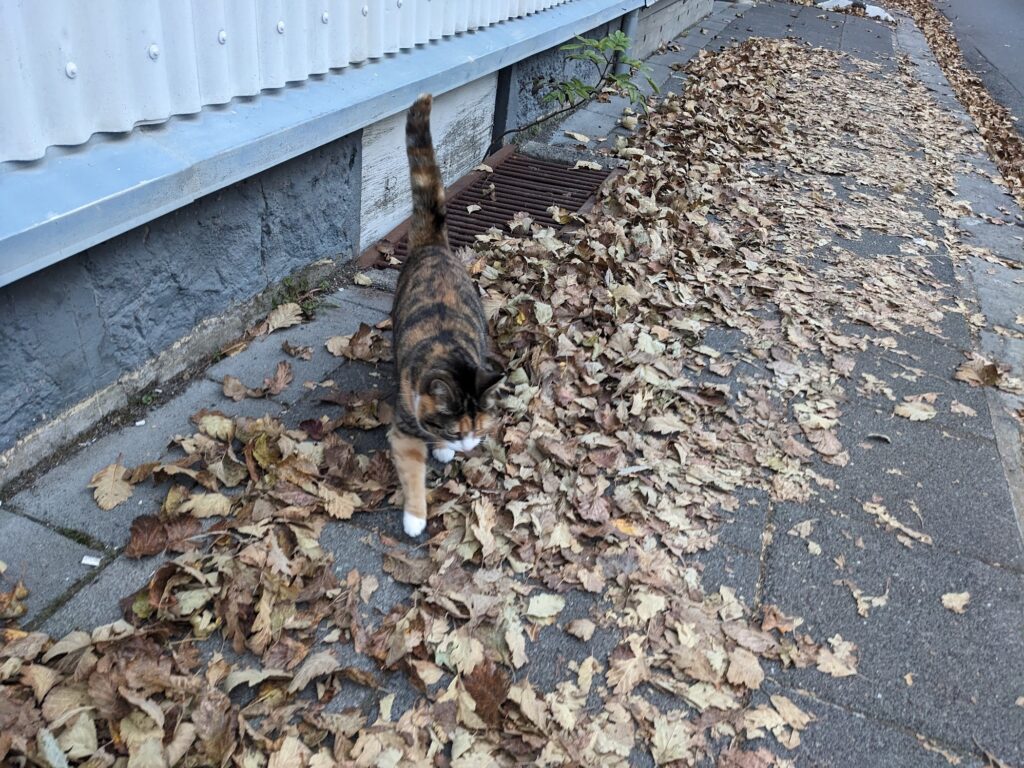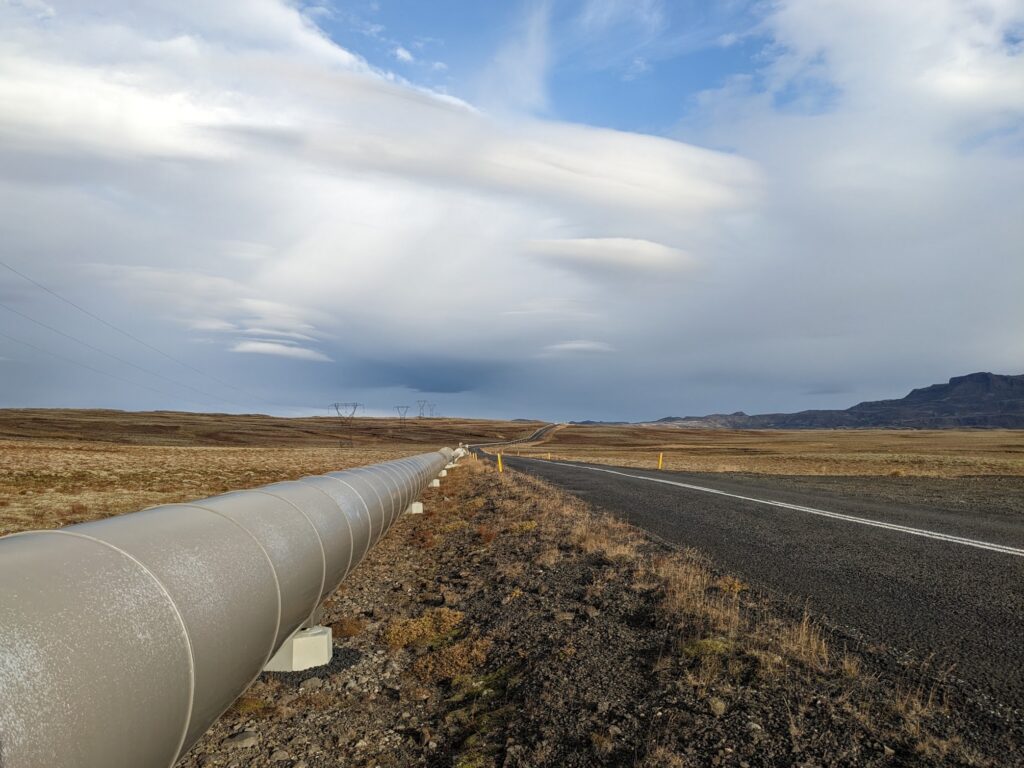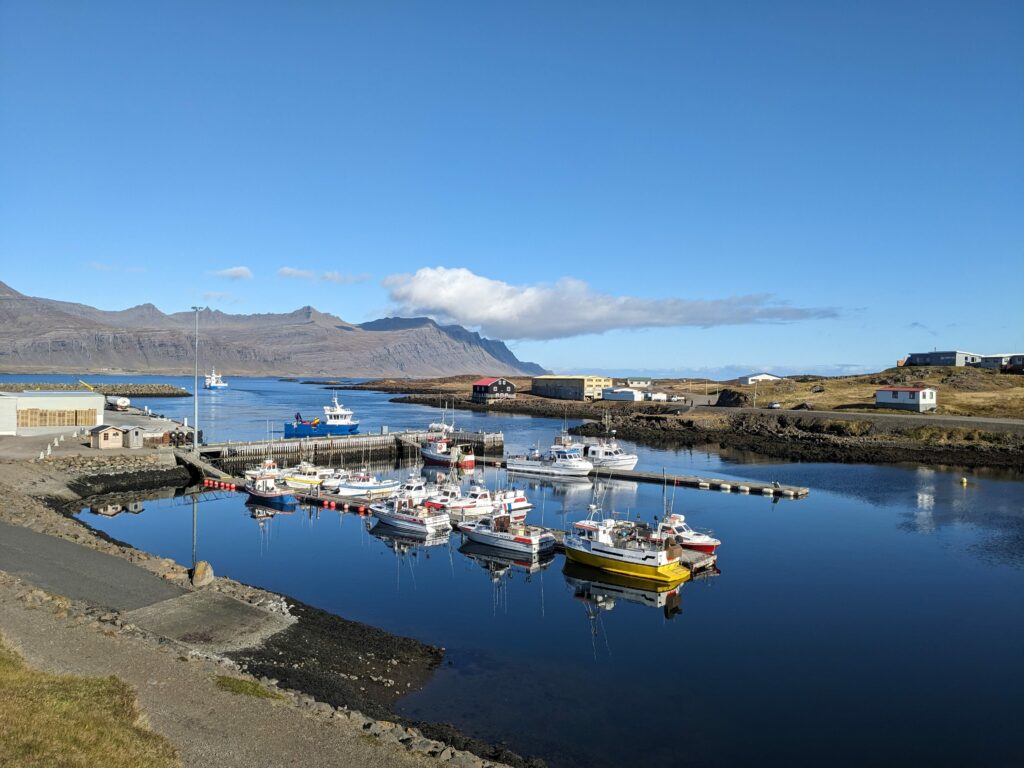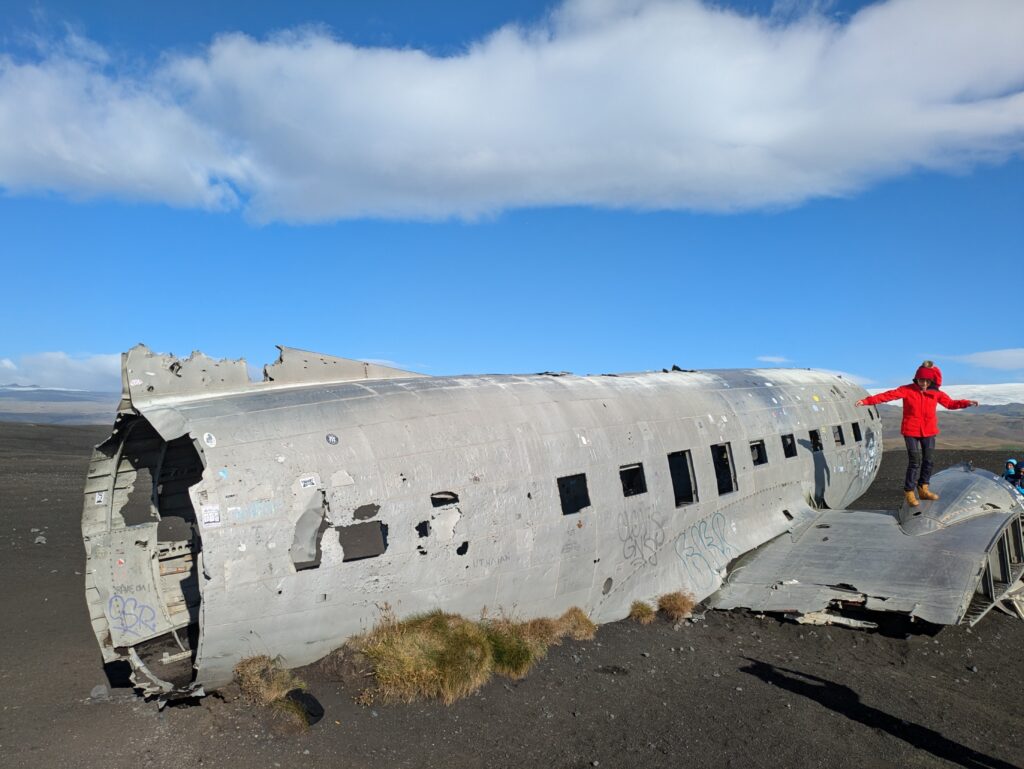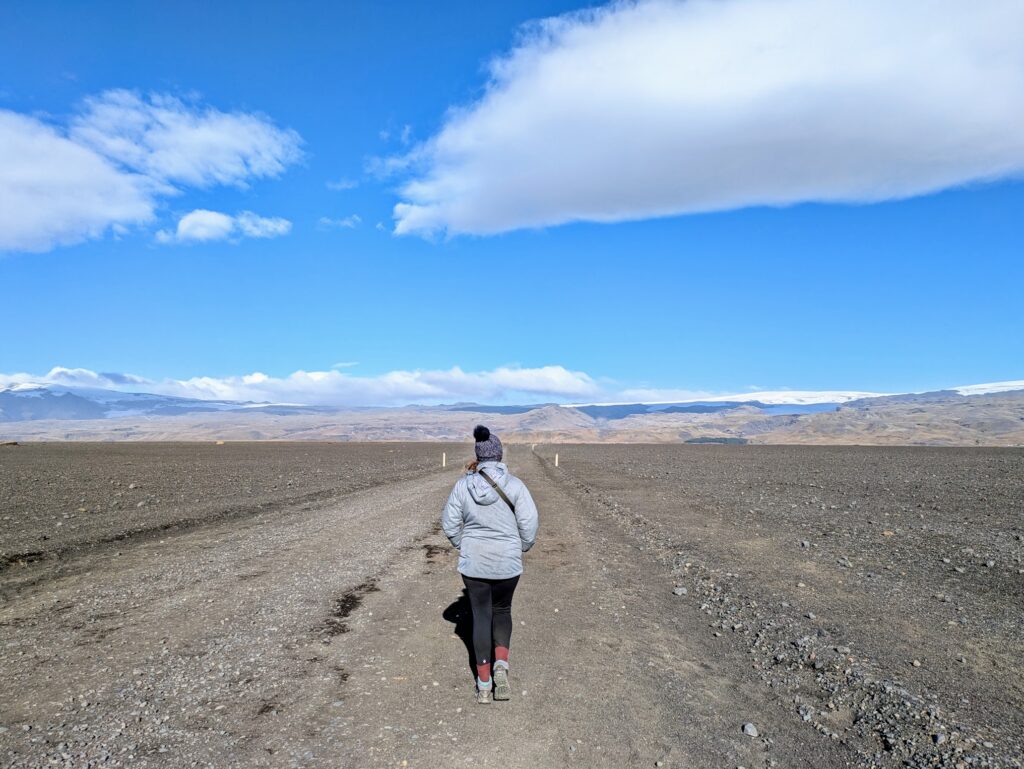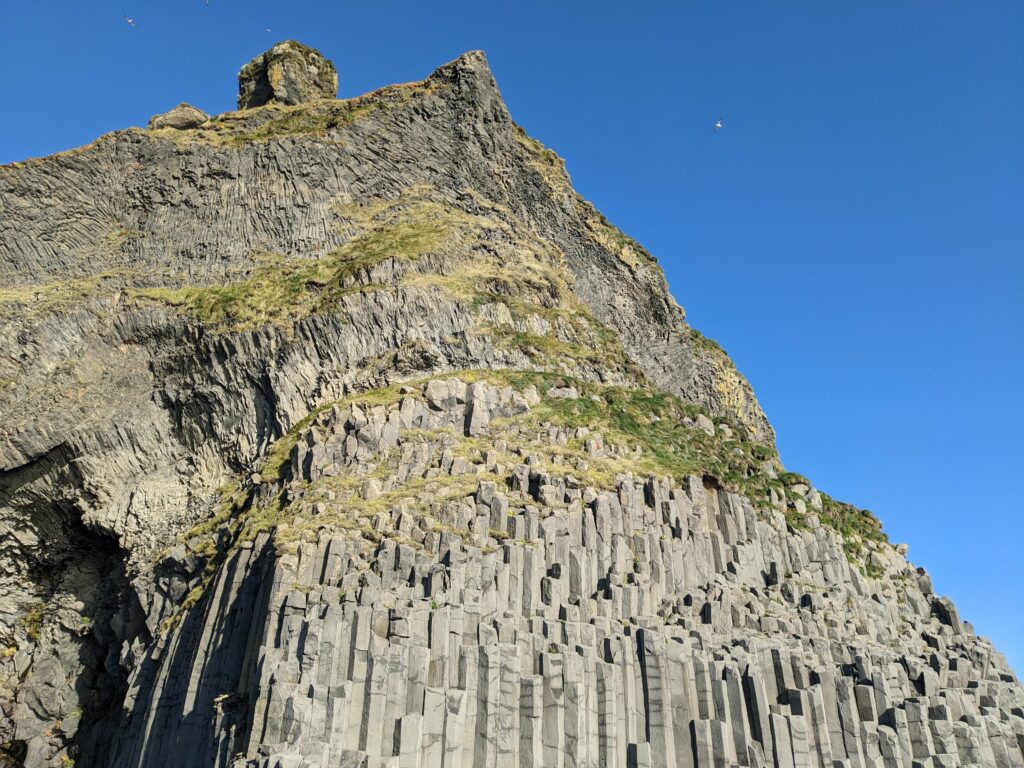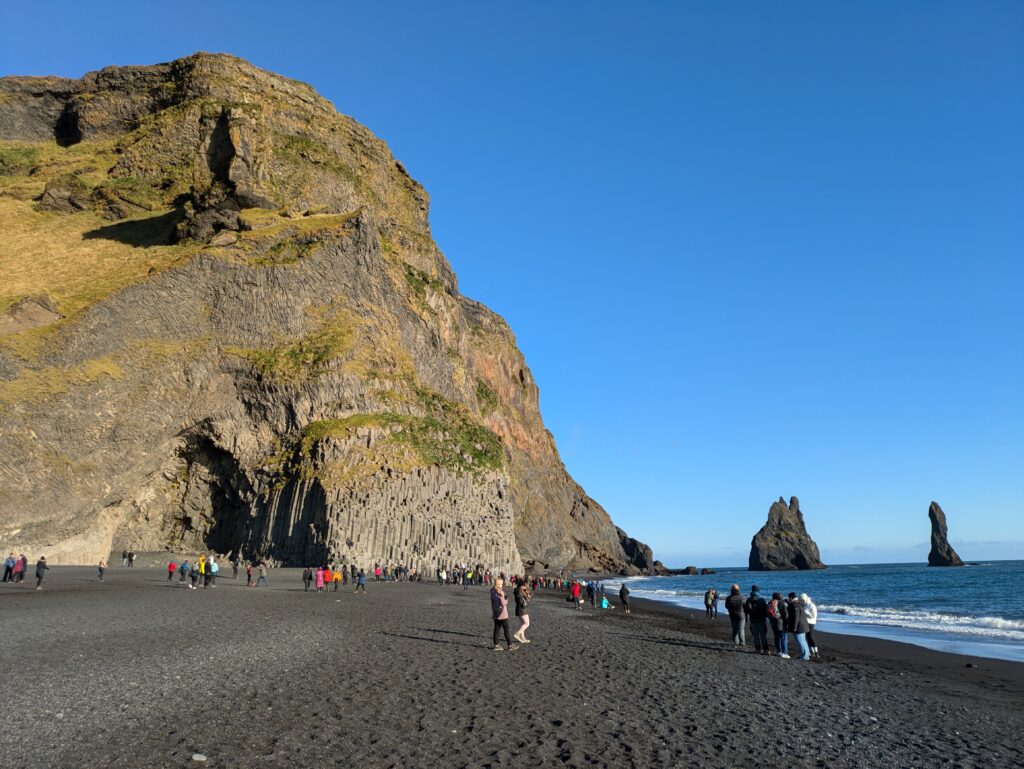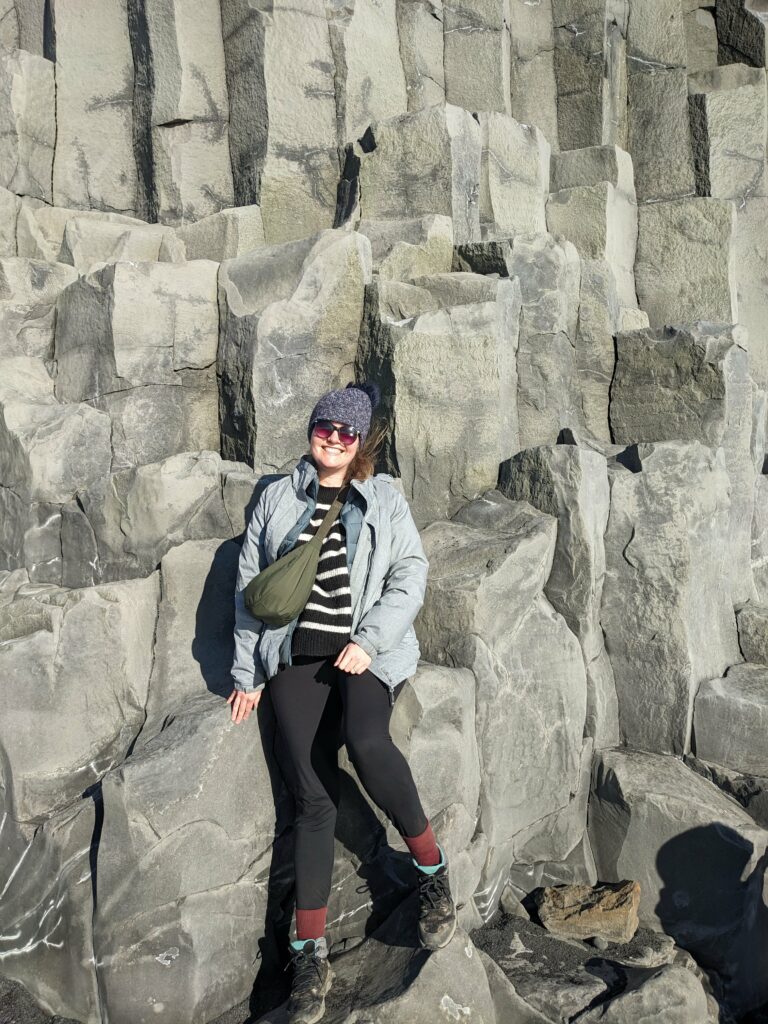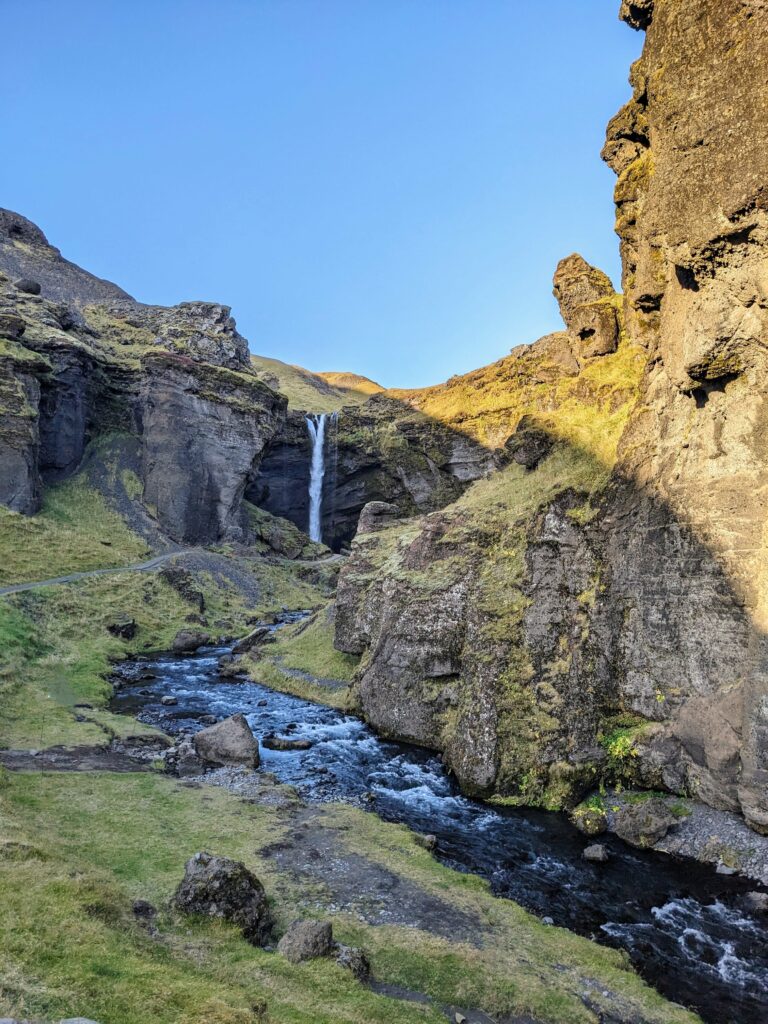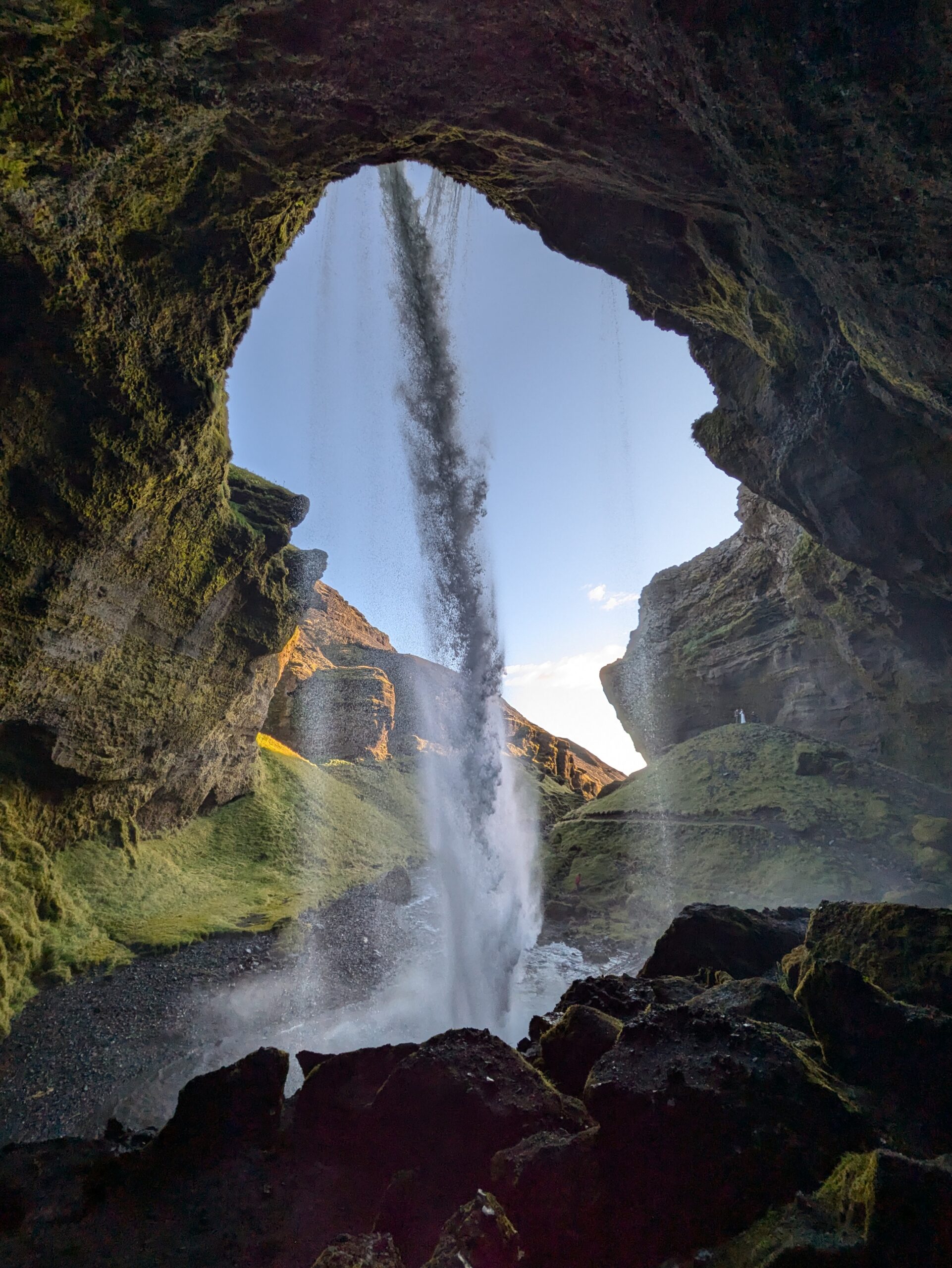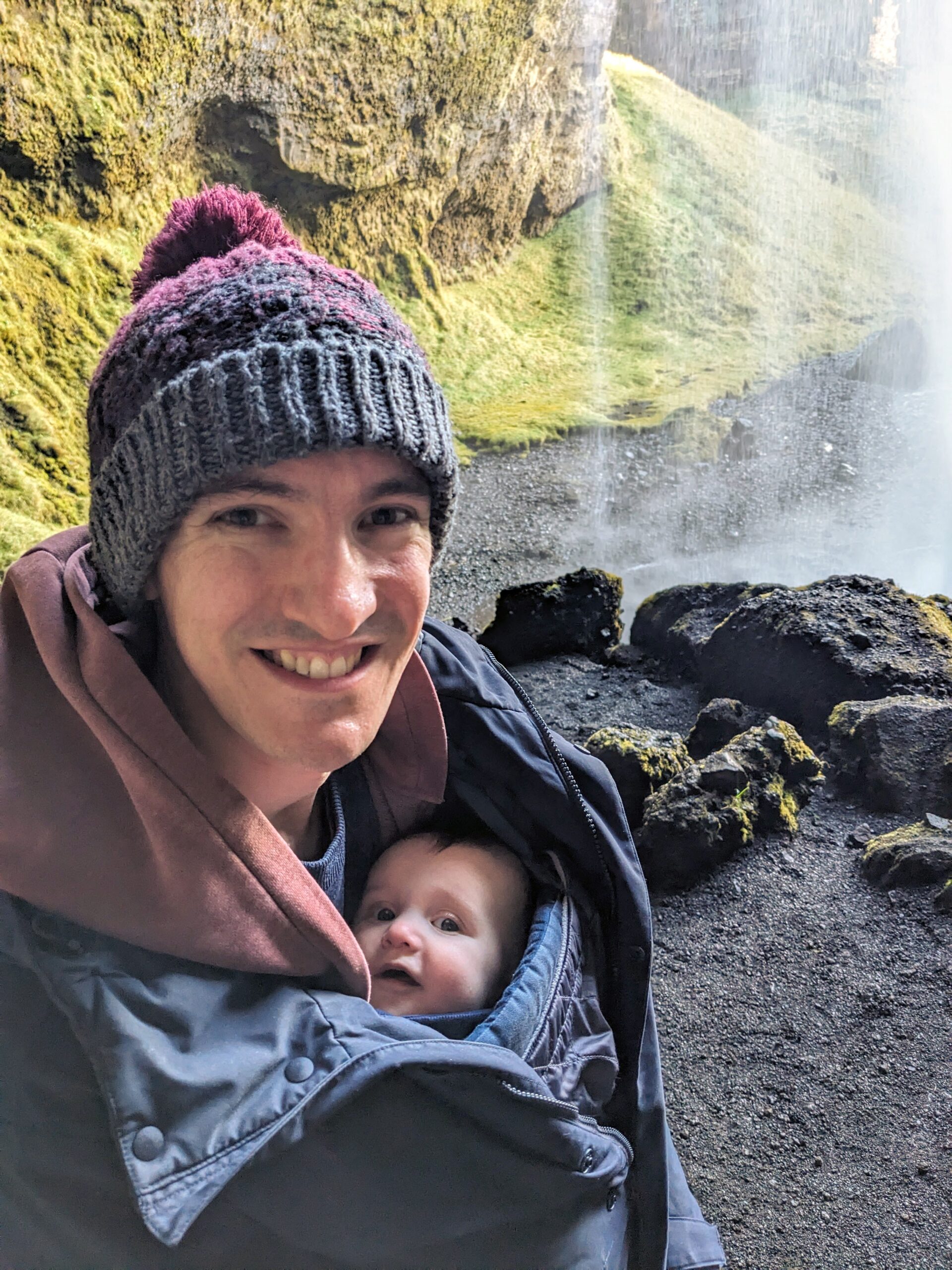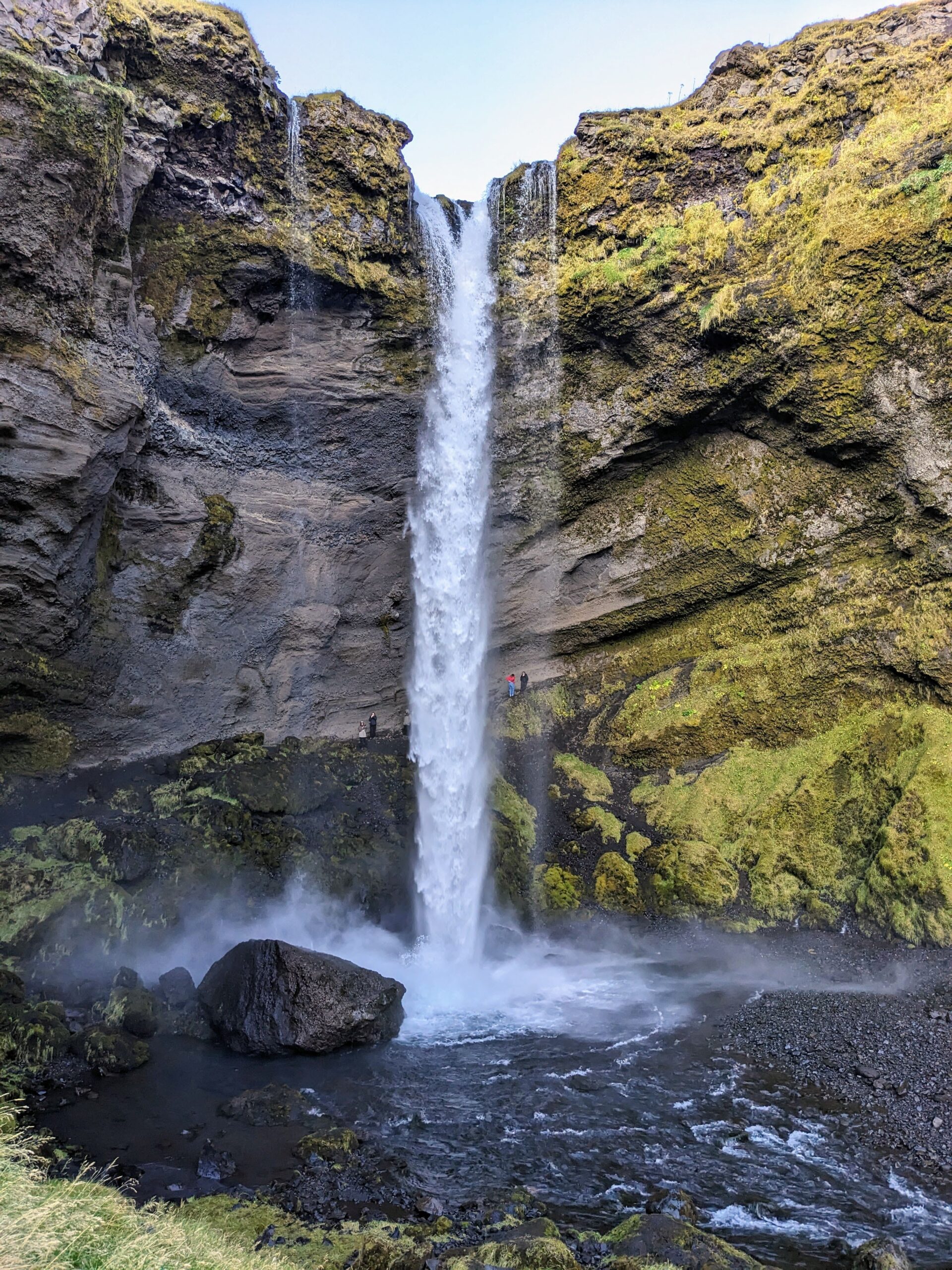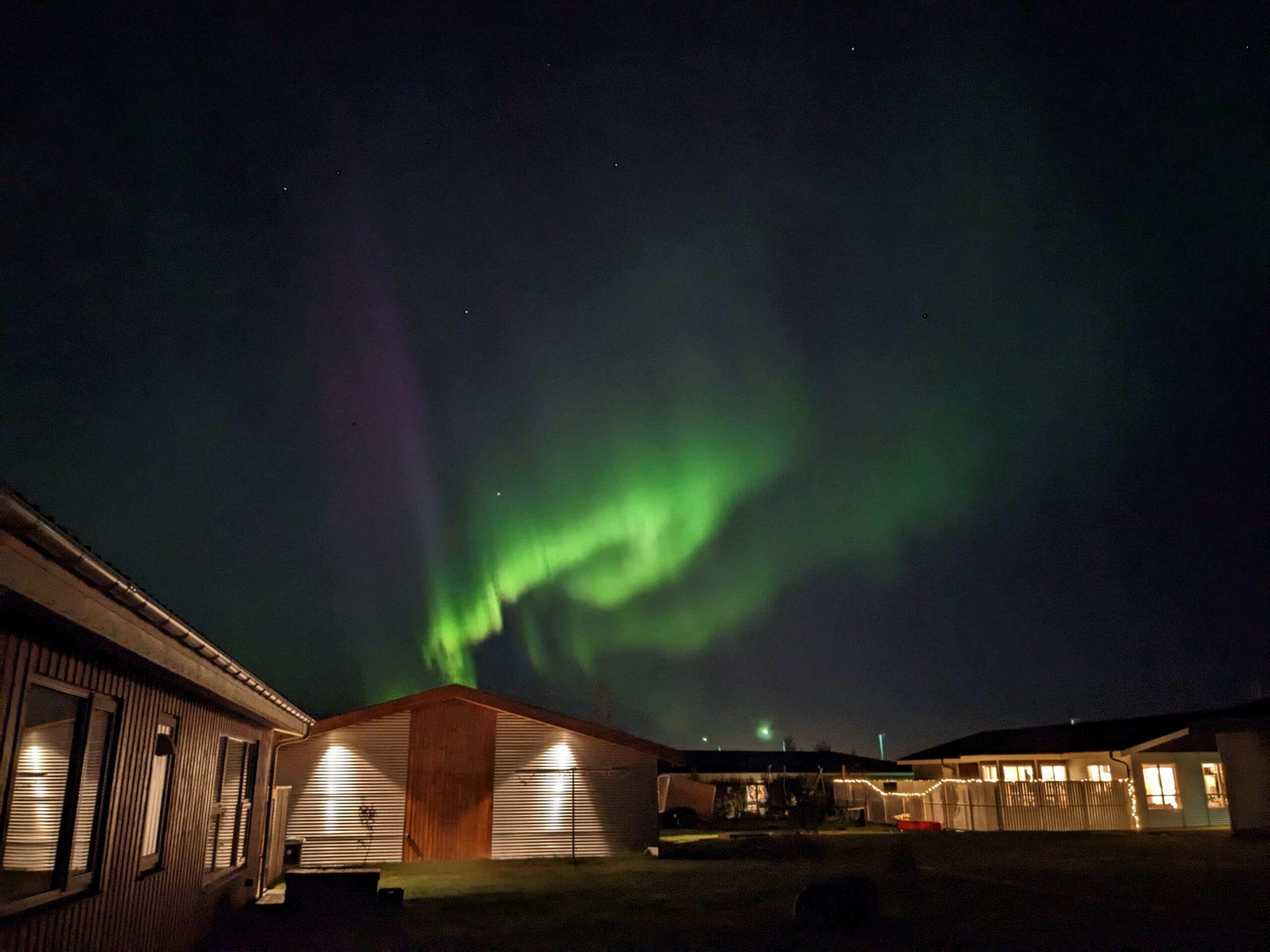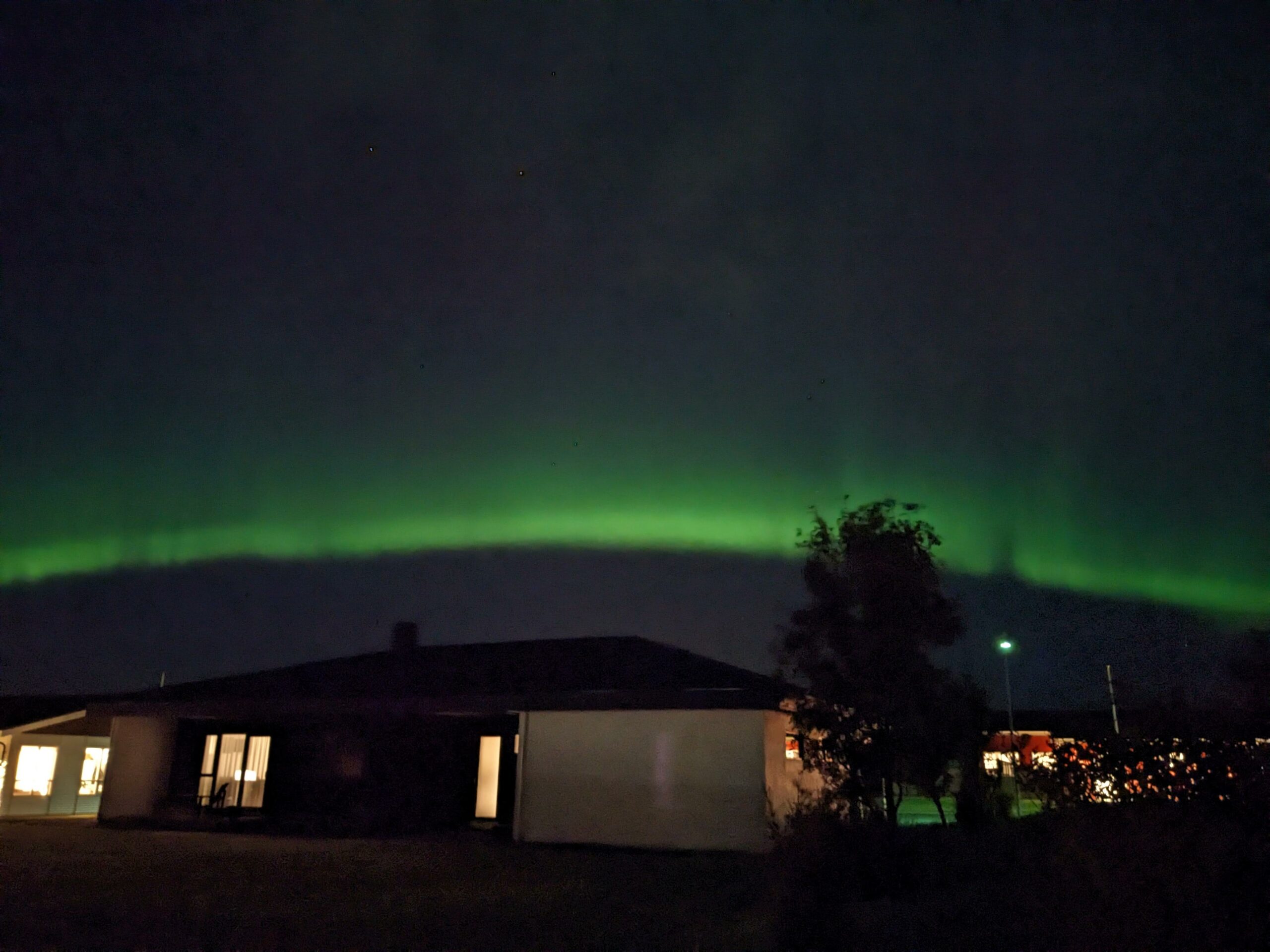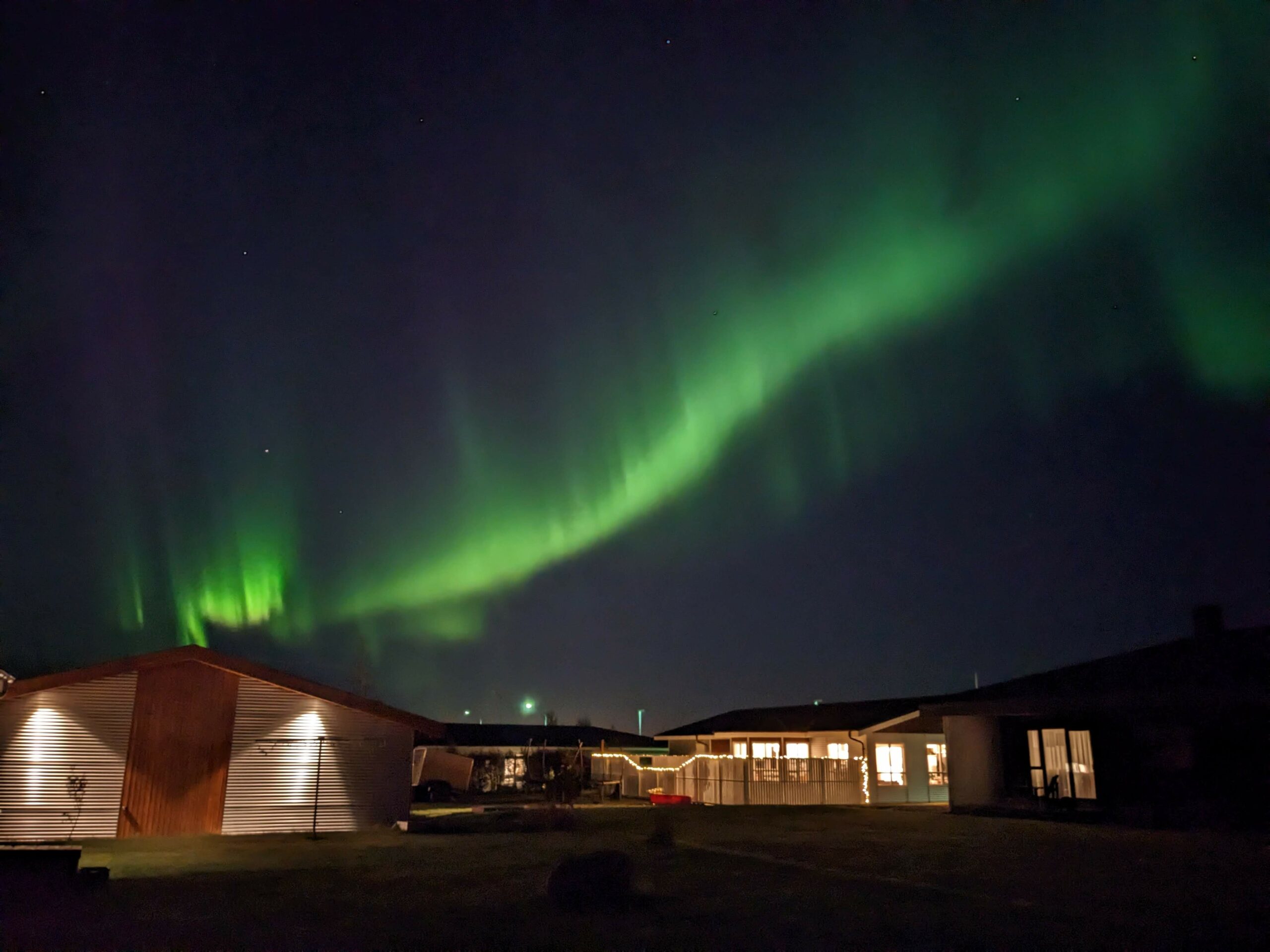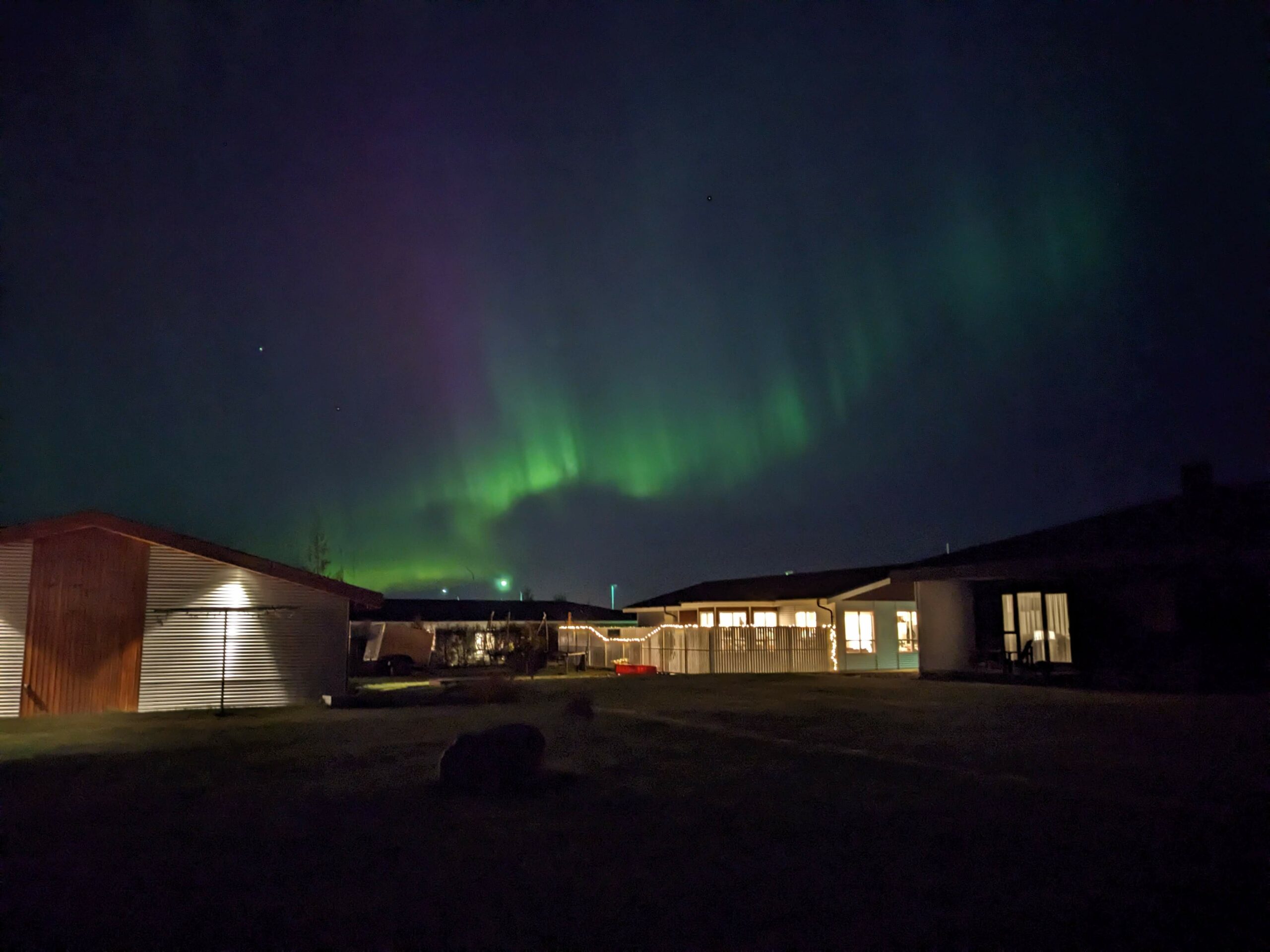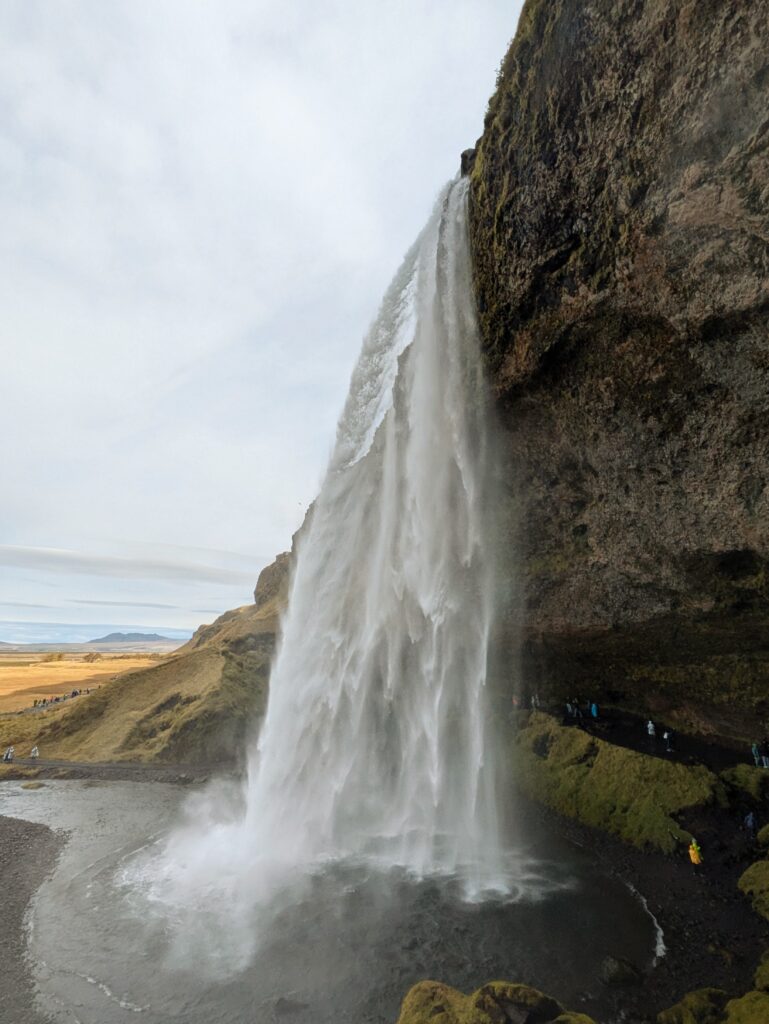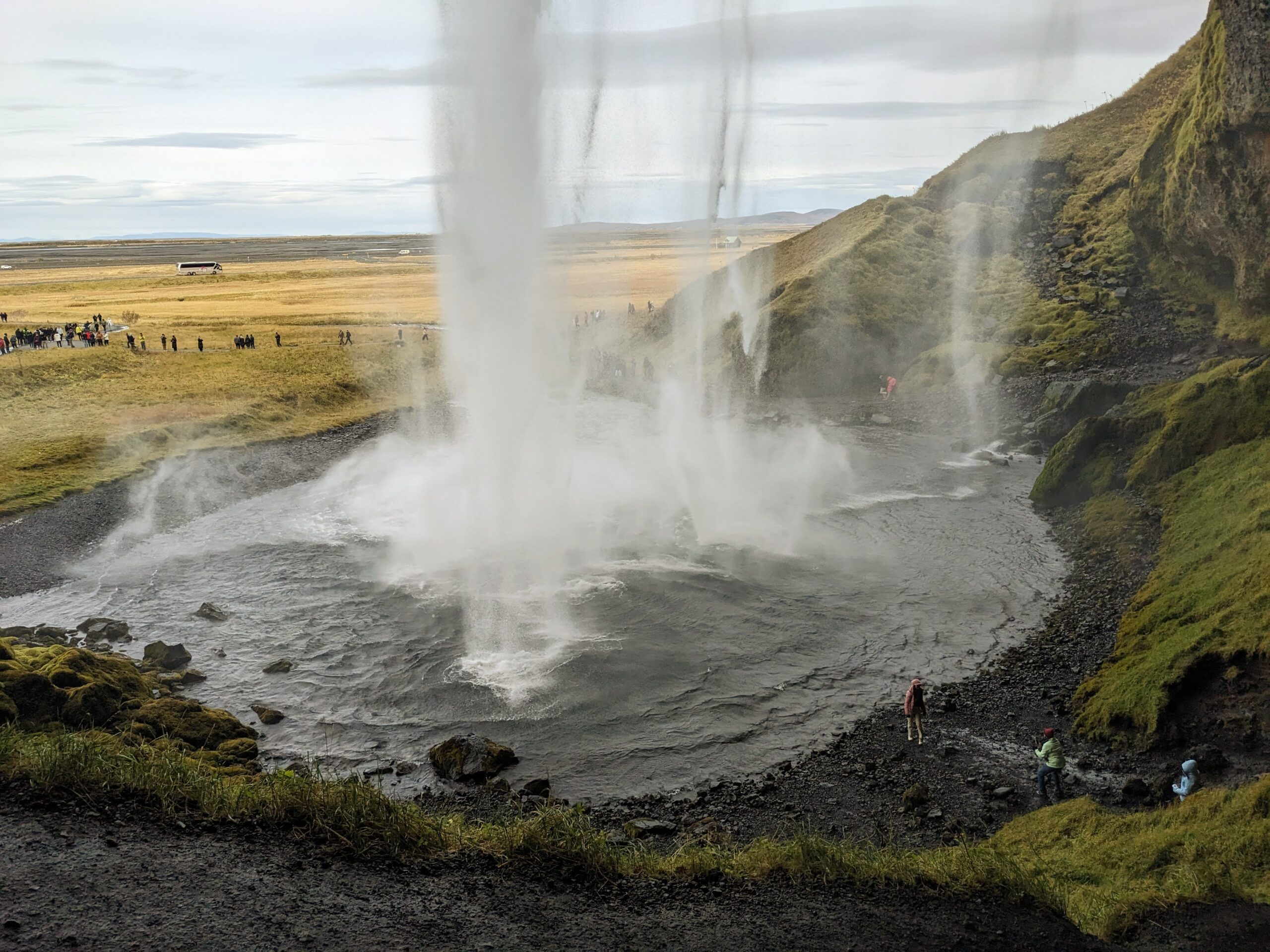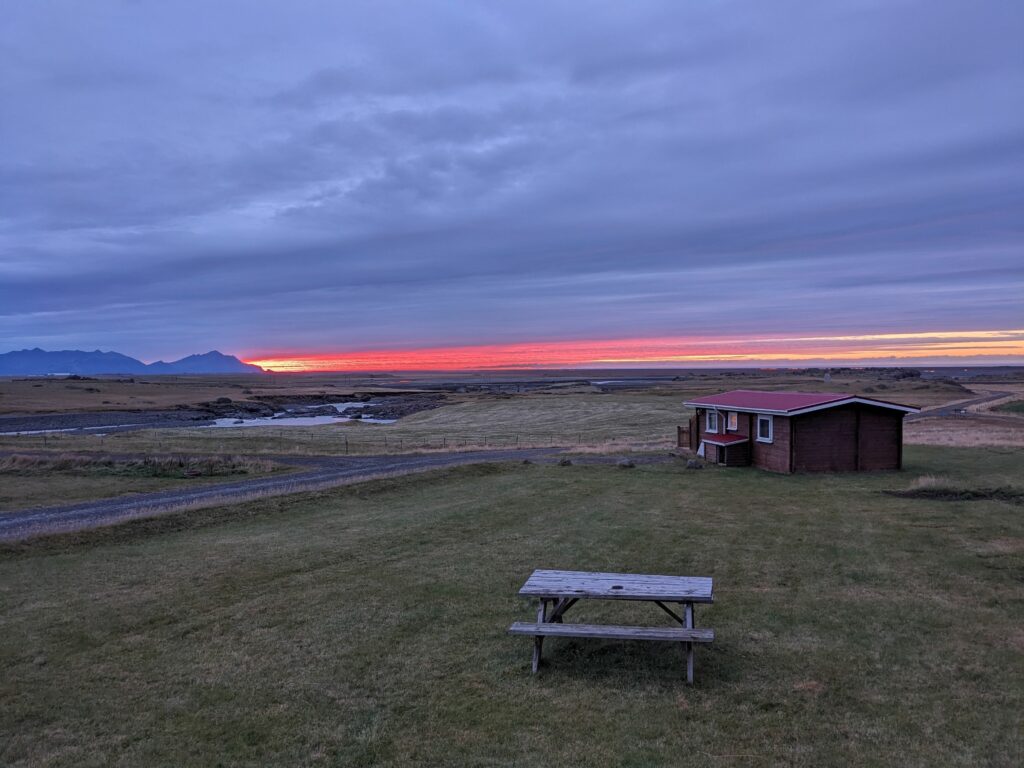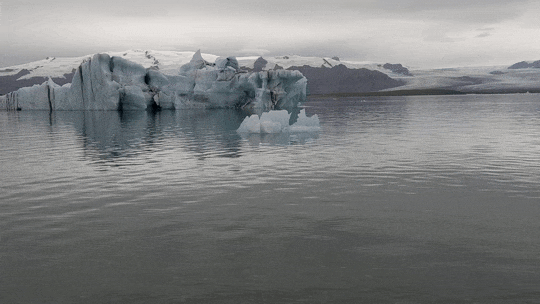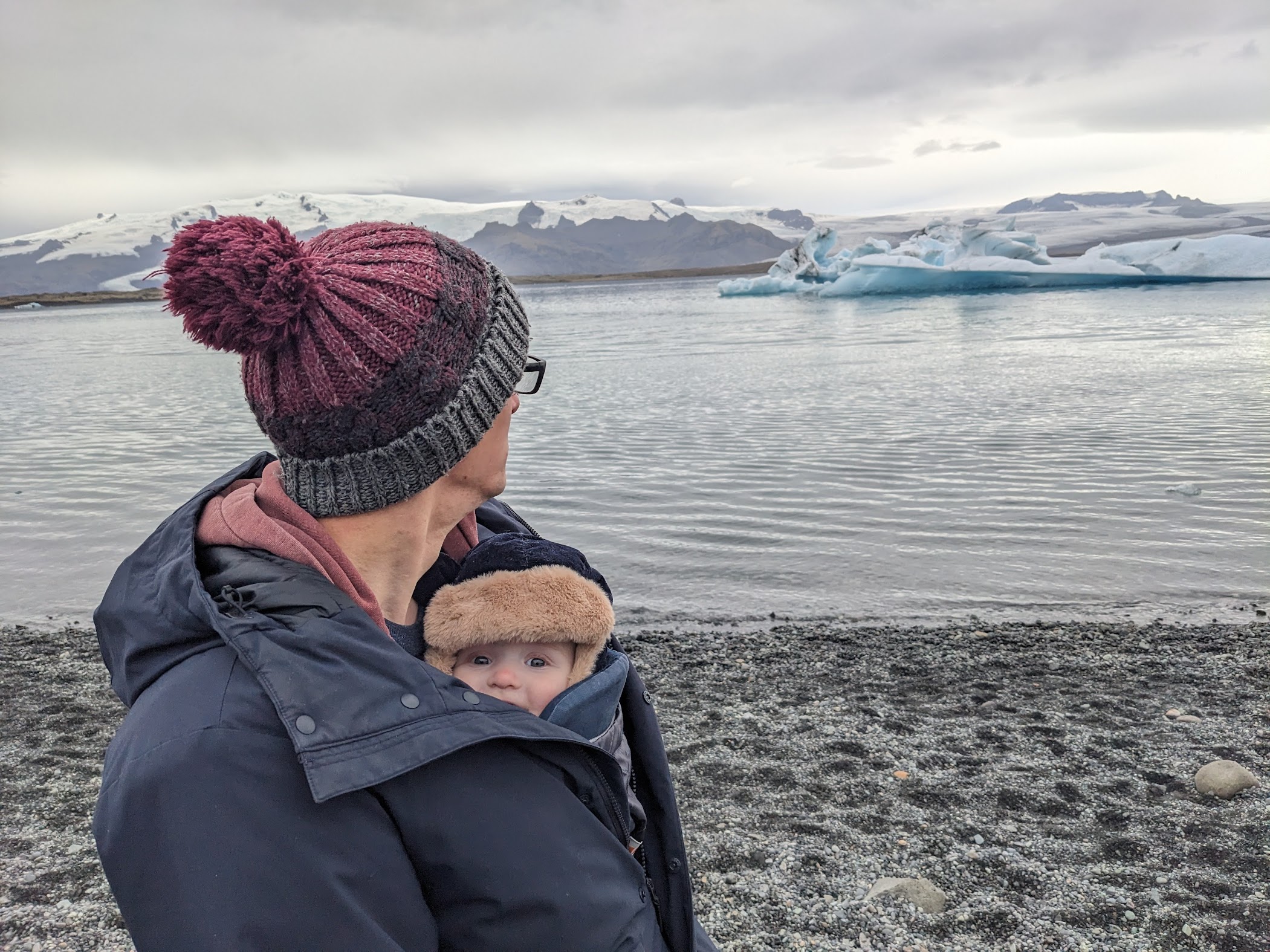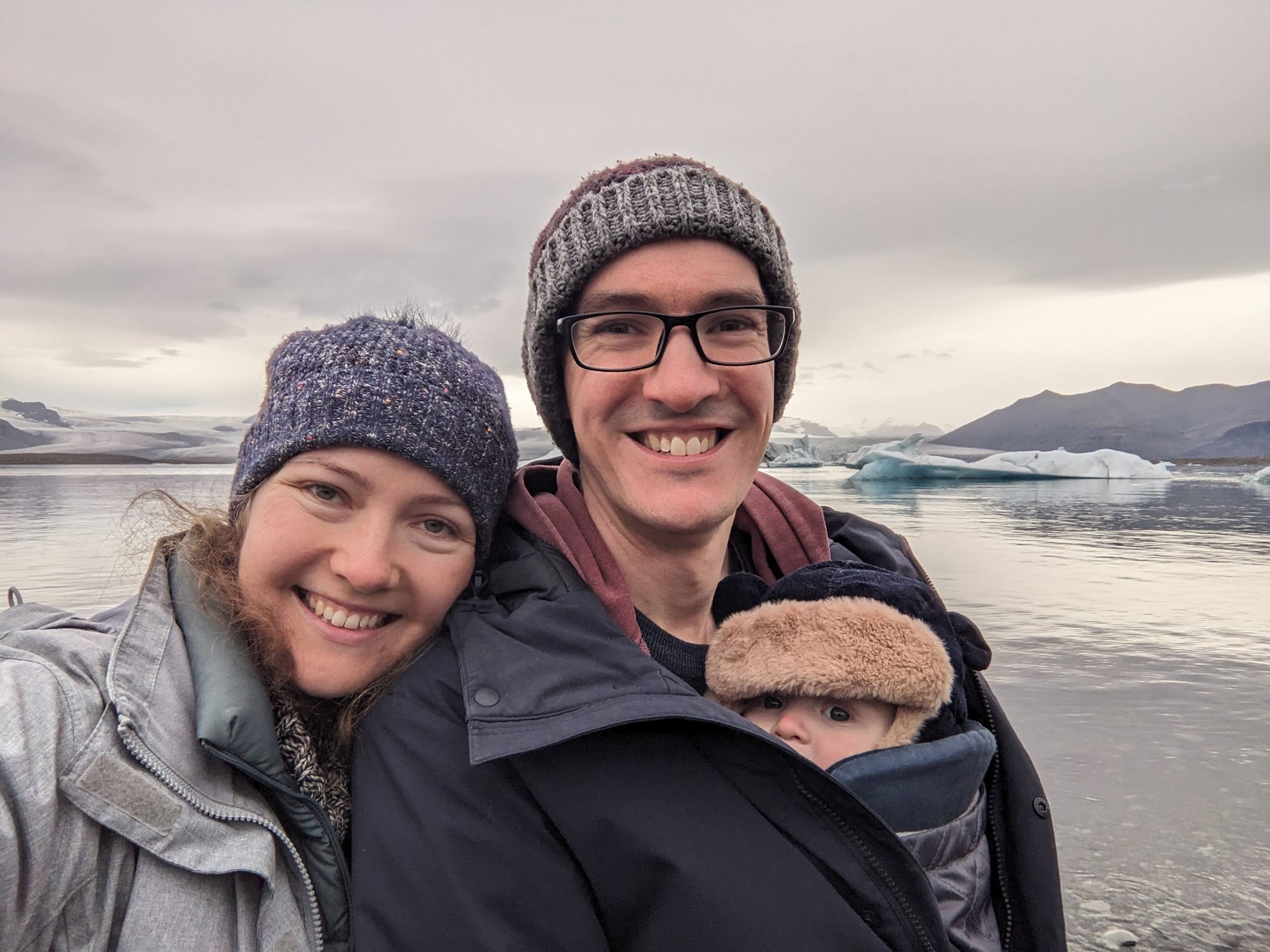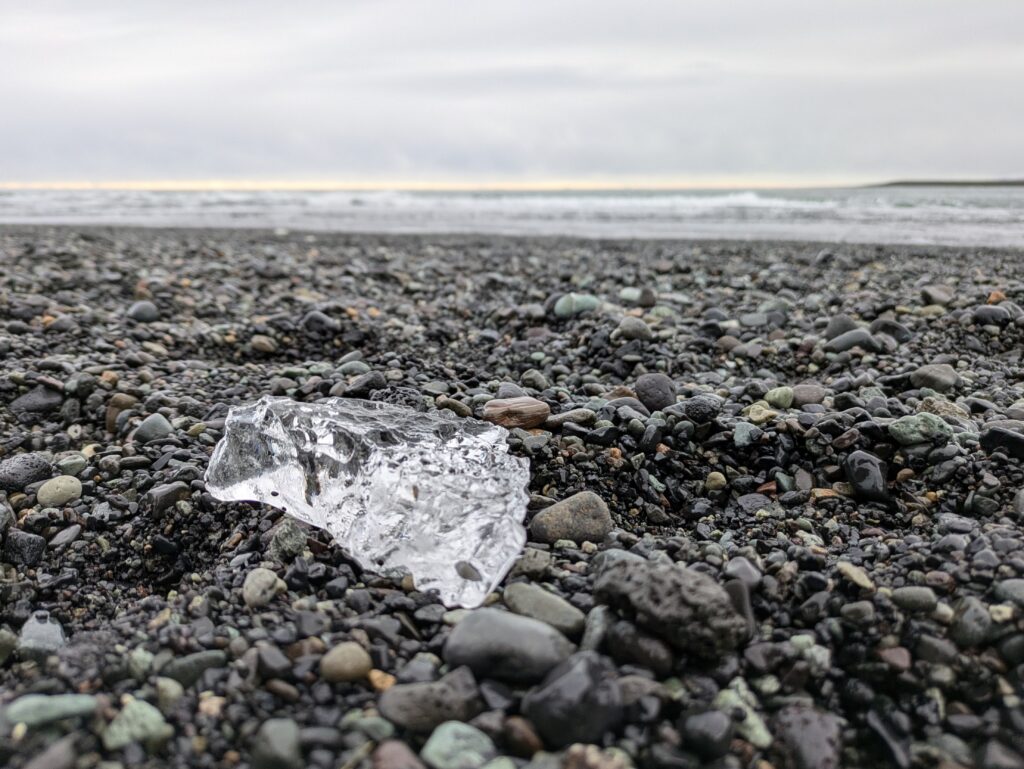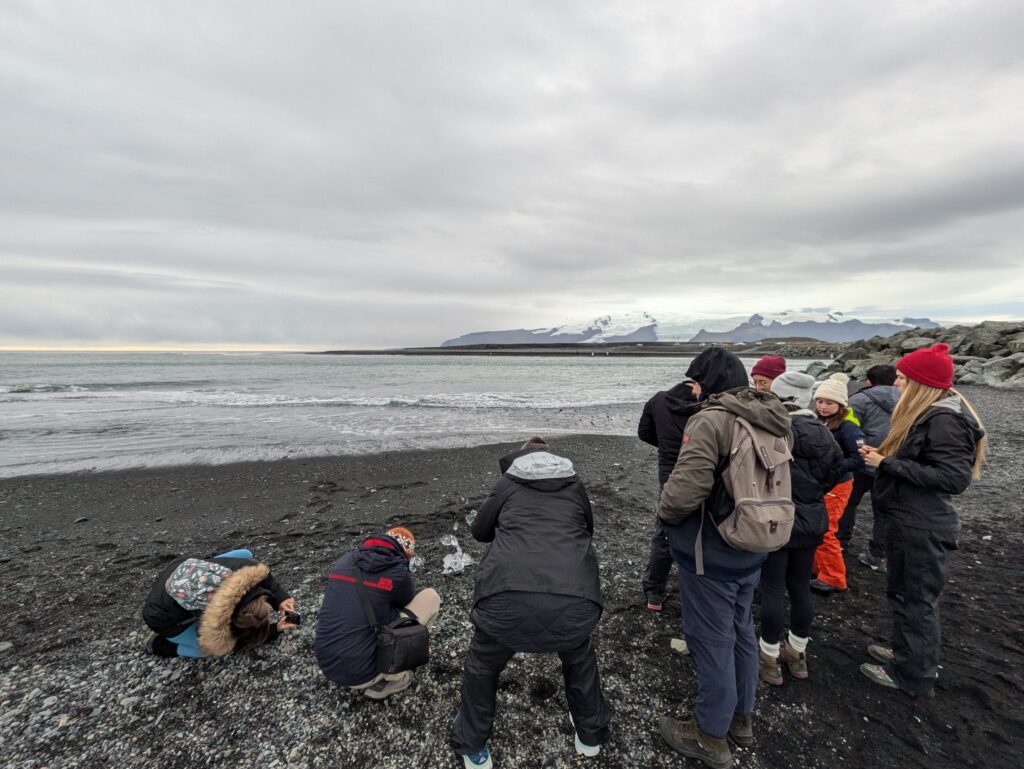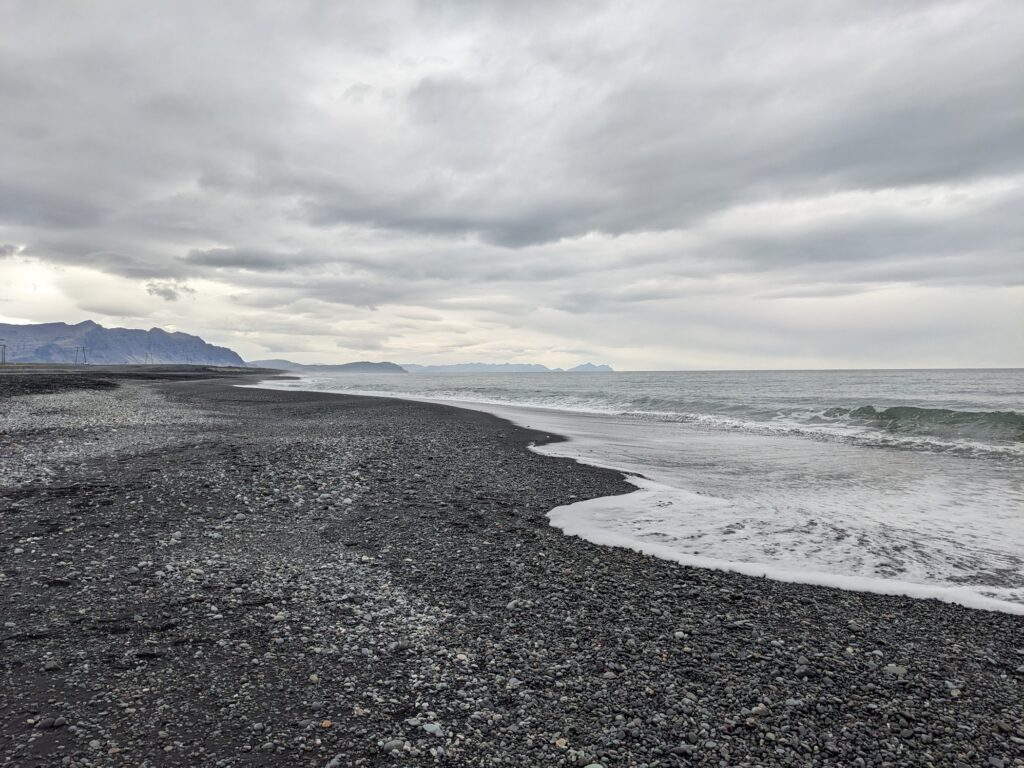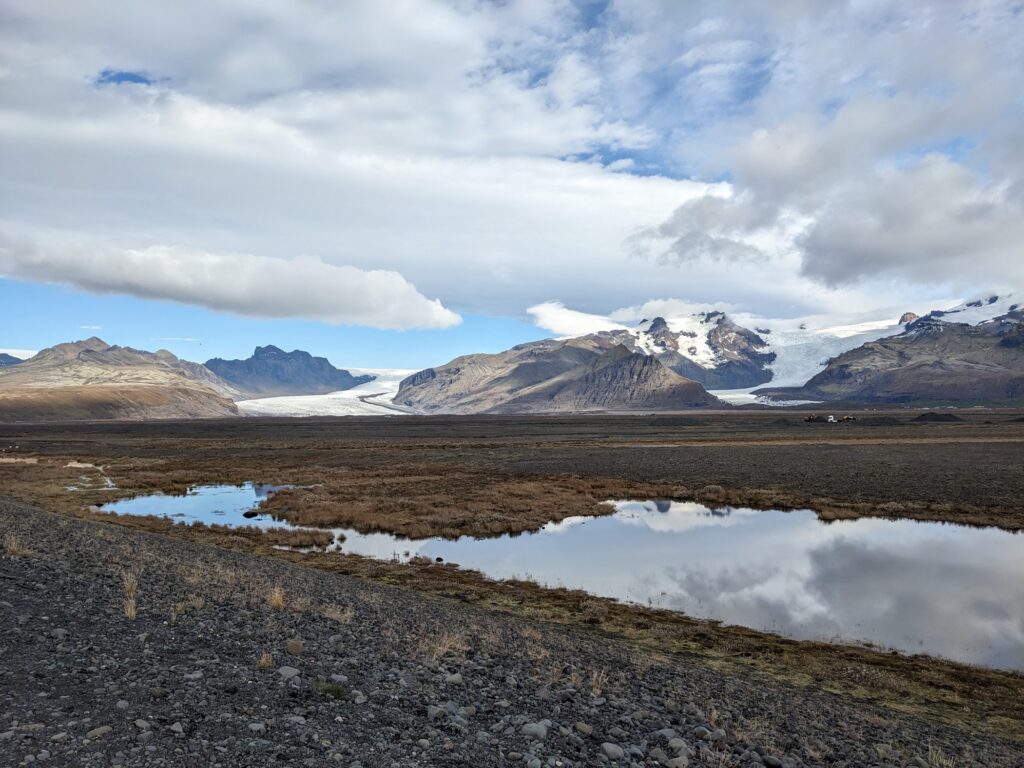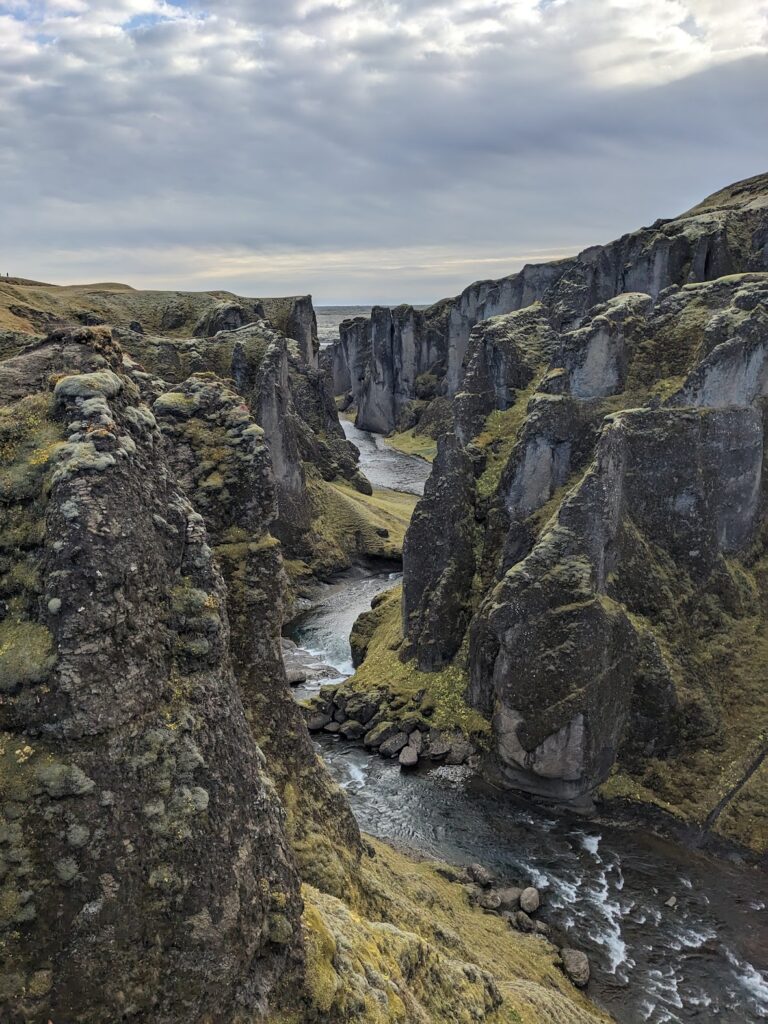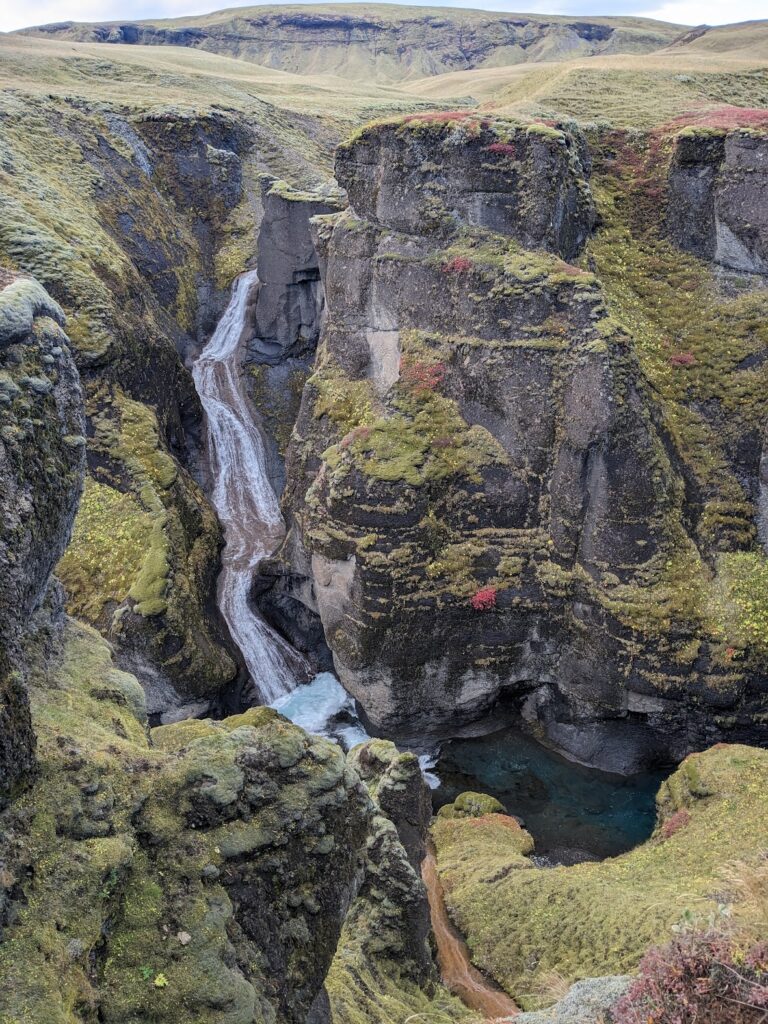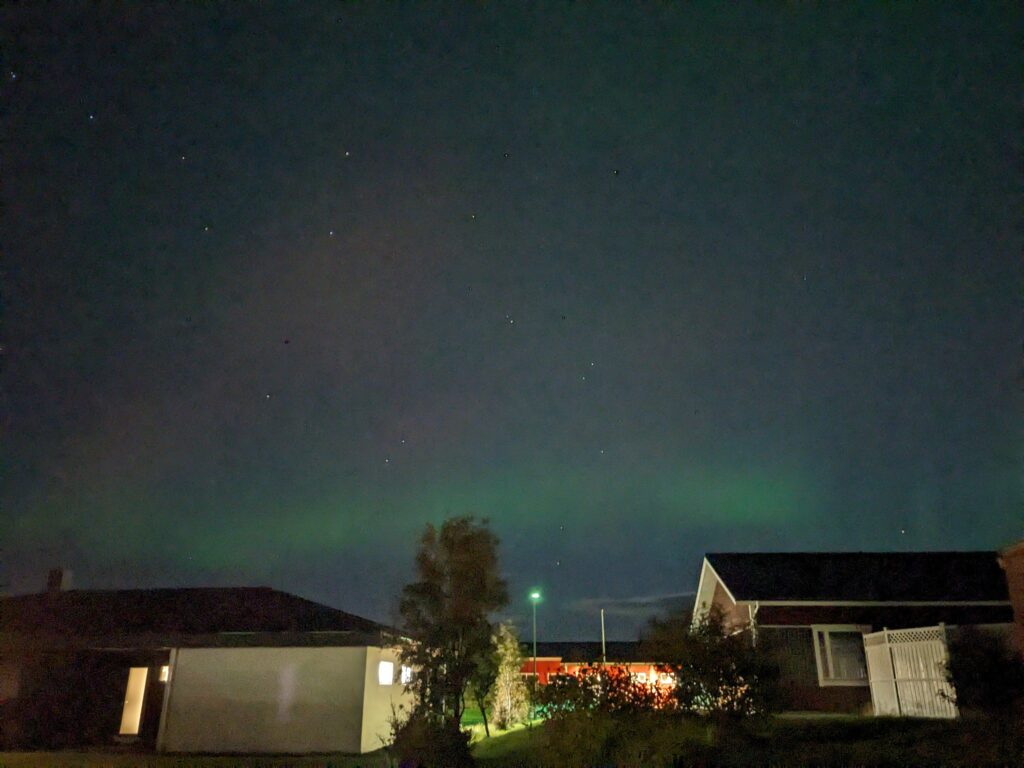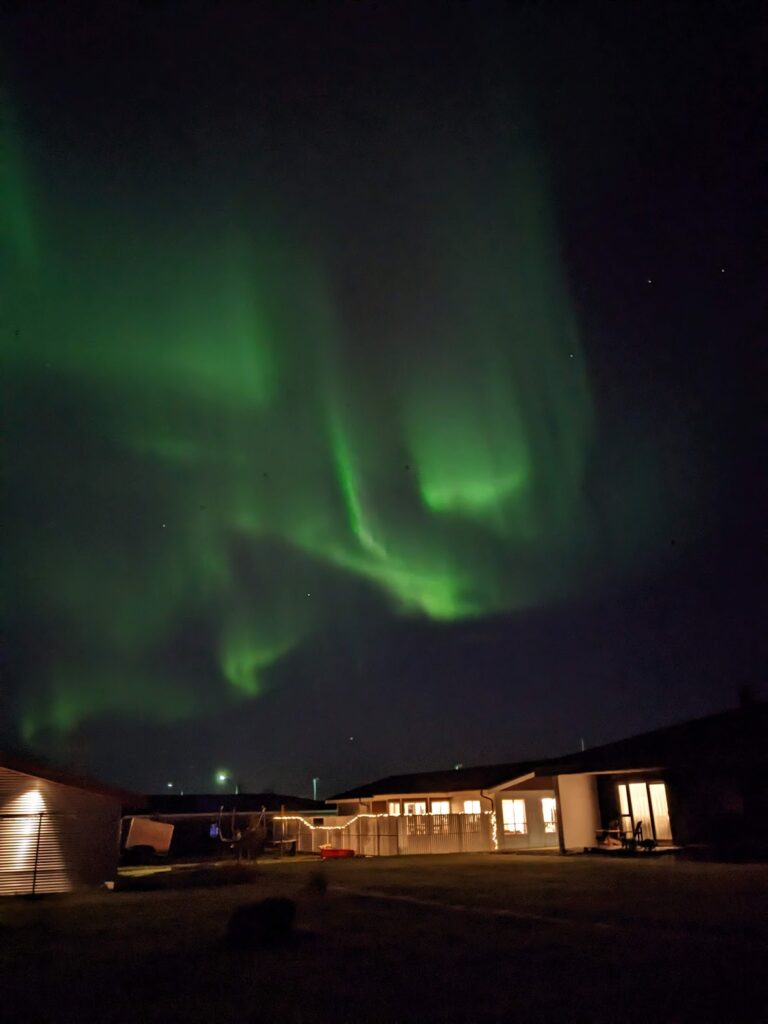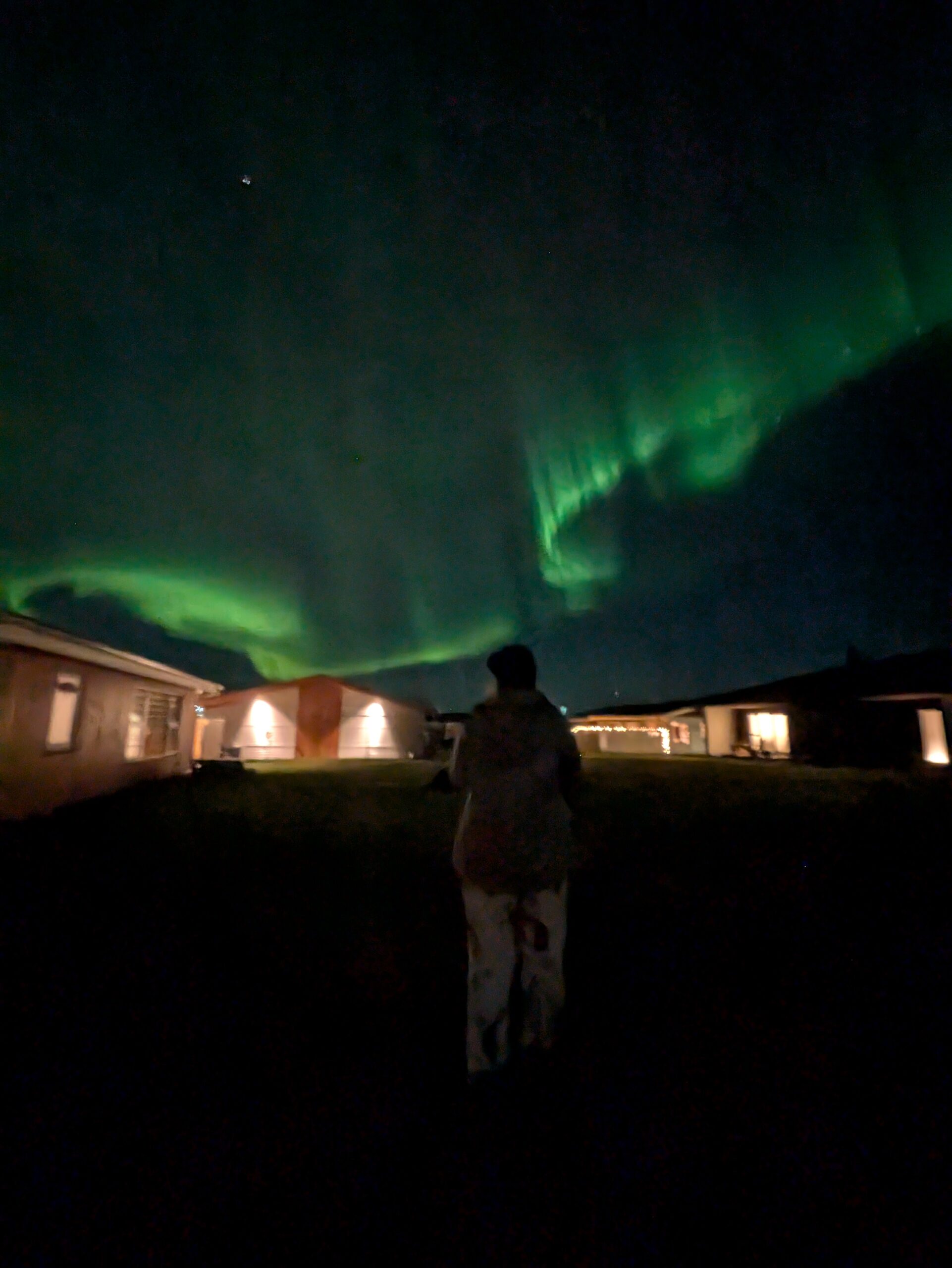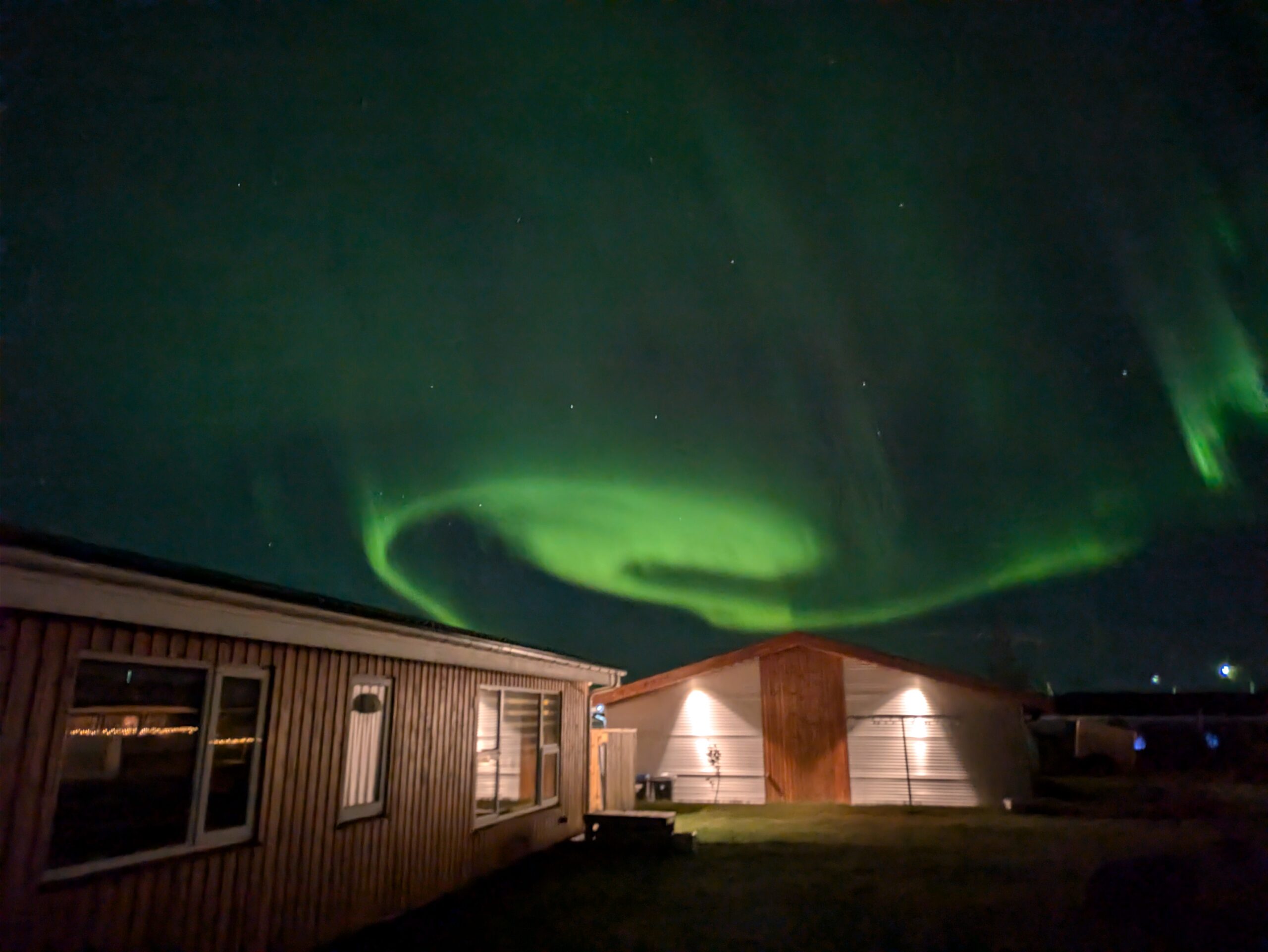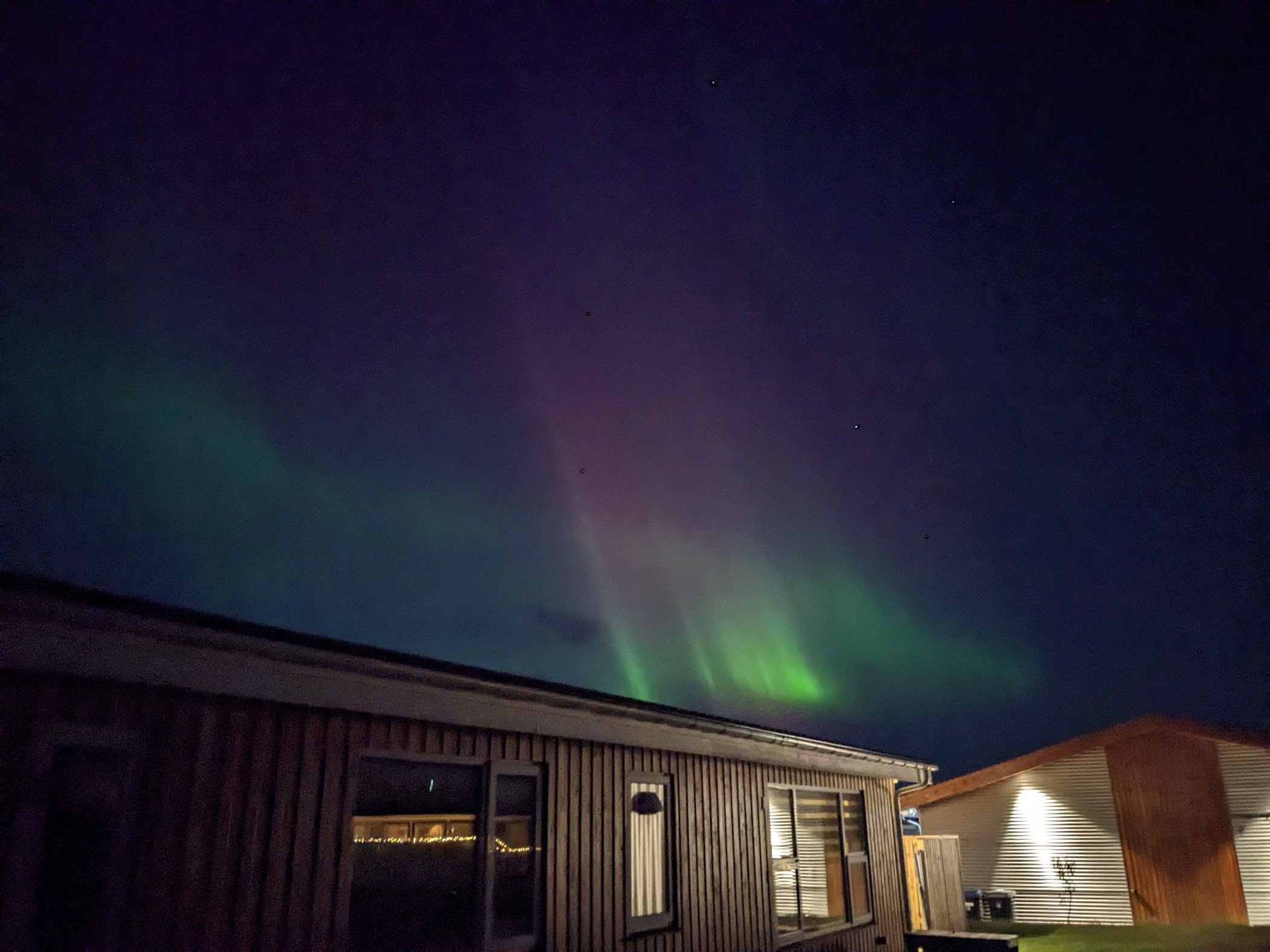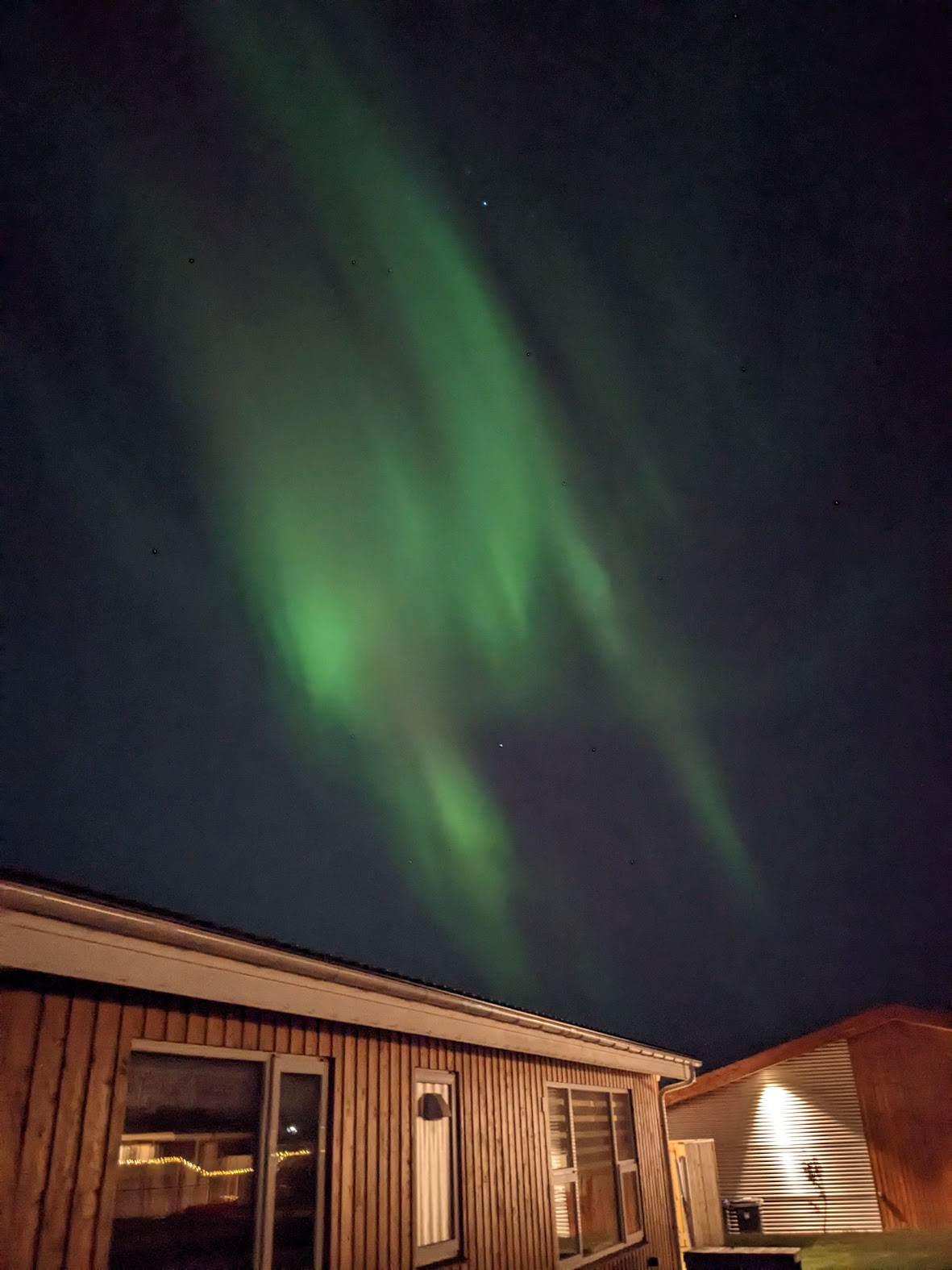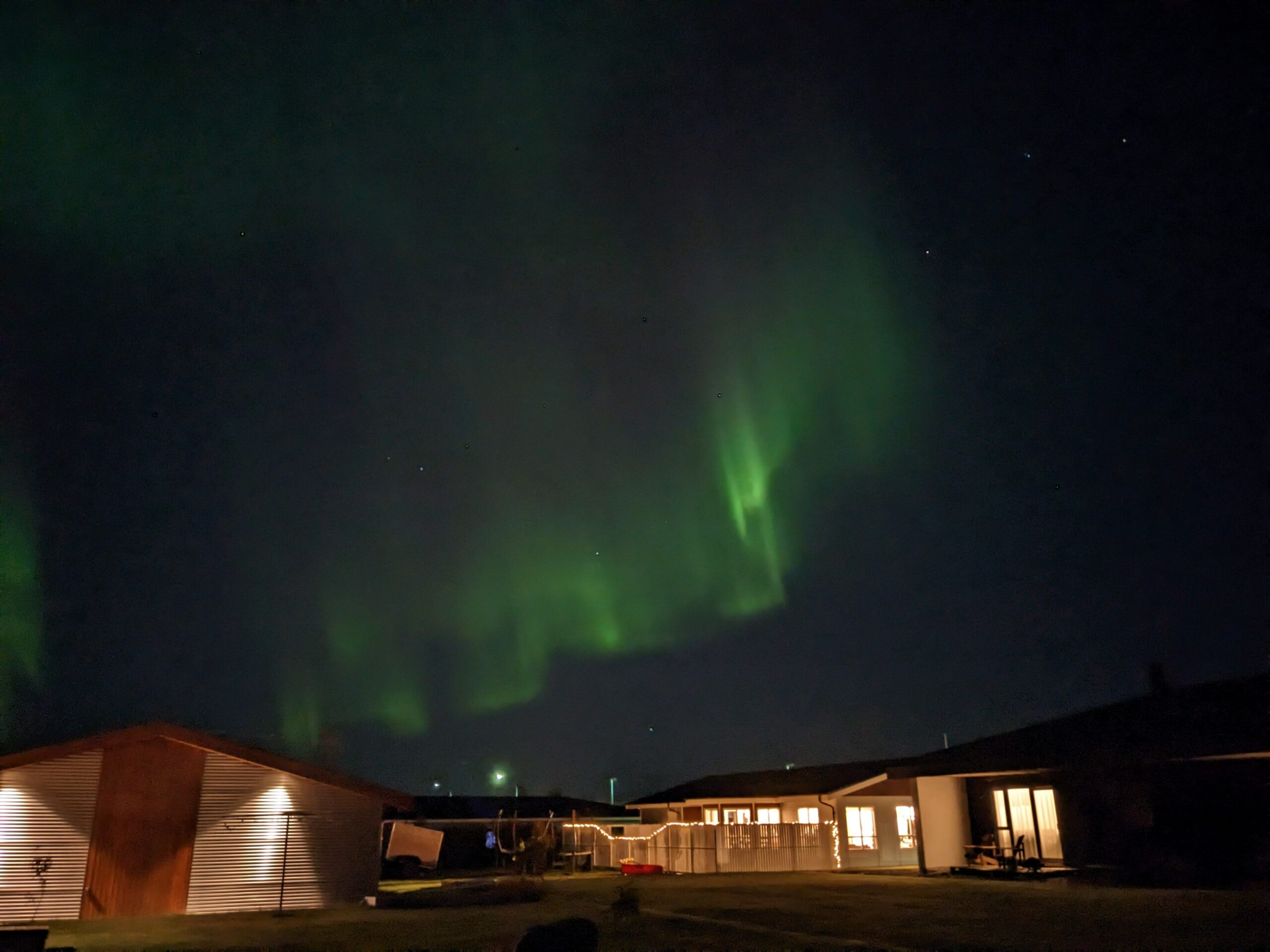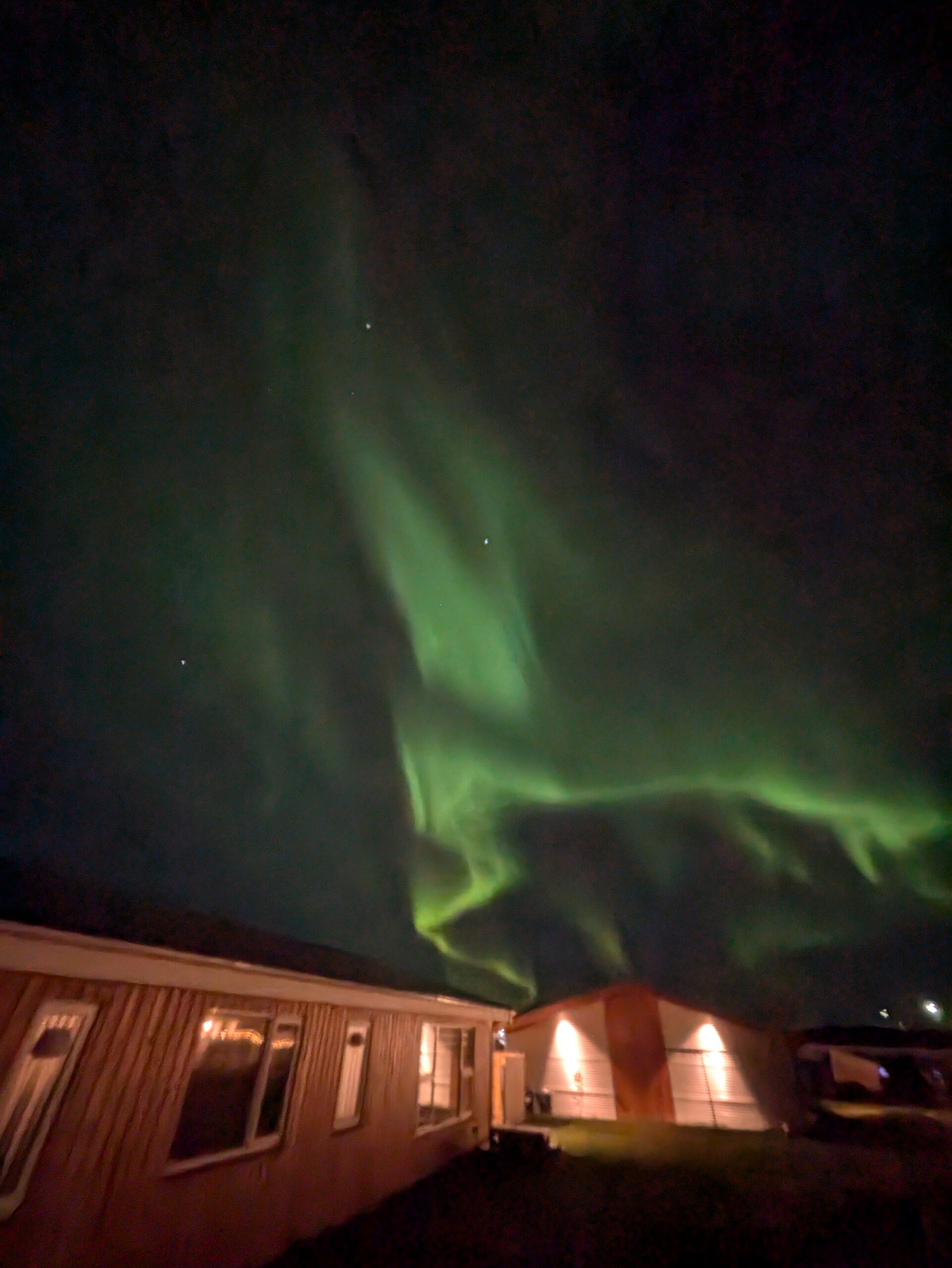Without further ado, here’s a shortlist of some of the things we loved on our trip around the world in 389 days.
Ascending the Tokyo Skytree for sunset over Mount Fuji 🇯🇵
We went up a lot of high things. This was undoubtedly top of the pile!

Braving the snow in Astana 🇰🇿
The coldest (and coolest) city we visited on the whole trip. So glad we made the journey up to 51 degrees north.
📋 Journeying to Astana – the ‘Singapore of the Steppe’
📋 Astana: So good they named it six times
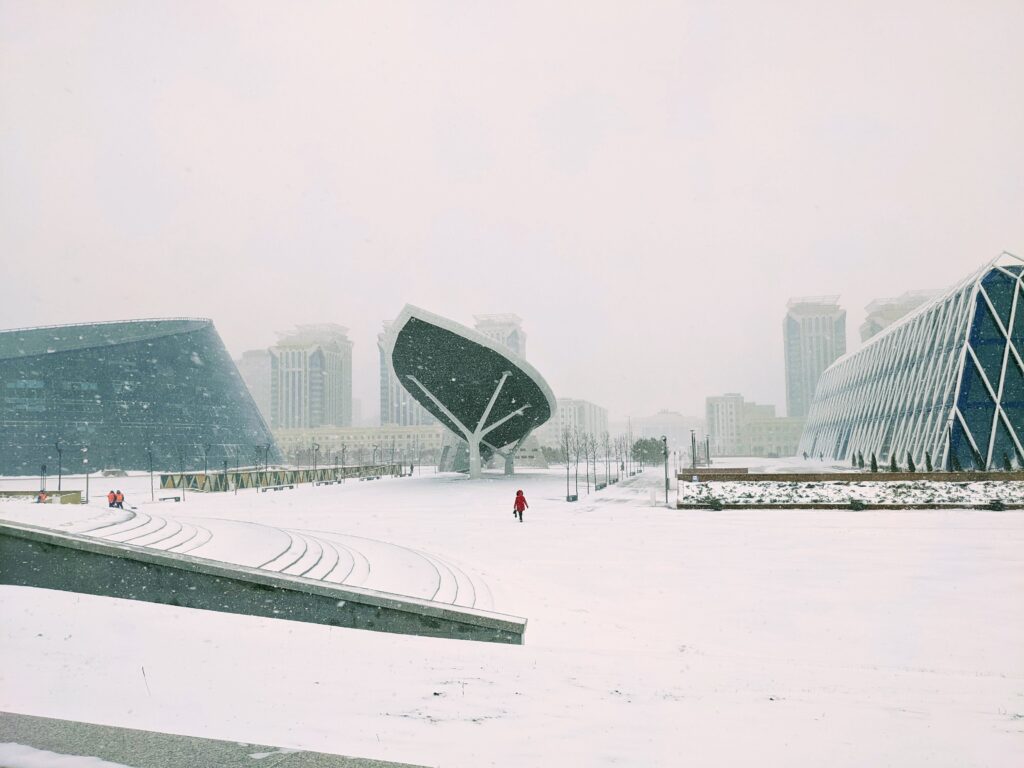
Cycling the temples of Angkor 🇰🇭
So. much. cycling. And so. many. temples! But beating the crowds and experiencing sunrise alone in Angkor Wat was a genuine life highlight.
📋 Sunrise at Angkor Wat (but without the crowds)
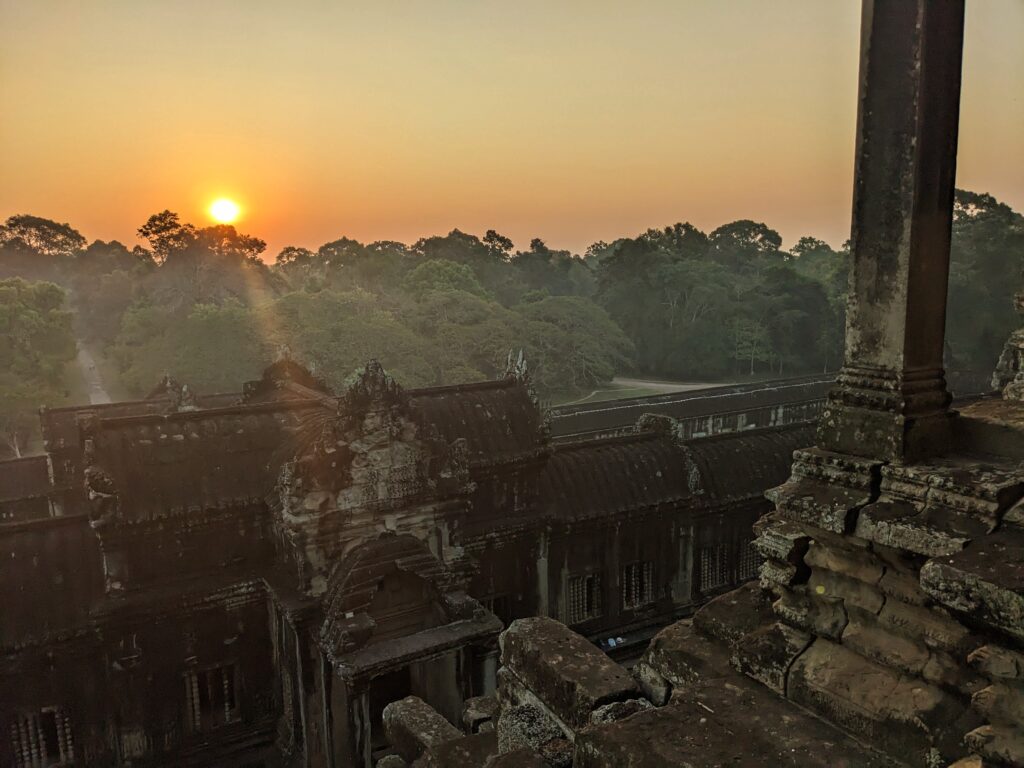
Driving around the South Island in our little camper van 🇳🇿
What an incredible place – we just loved NZ so much.
📋 Ridiculously good views from the summit of Te Tapu-nui, Queenstown
📋 The roadtrip begins! Cruising on Milford Sound, the eighth wonder of the world
📋 Joining the Great Coast Road
📋 Glaciers and gold on NZ’s west coast
📋 Pedalling the West Coast Wilderness Trail
📋 Driving to the very end of the road (Punakaiki and Kohaihai) 🌴
📋 Dophins and waterslides (not dolphins on waterslides!)
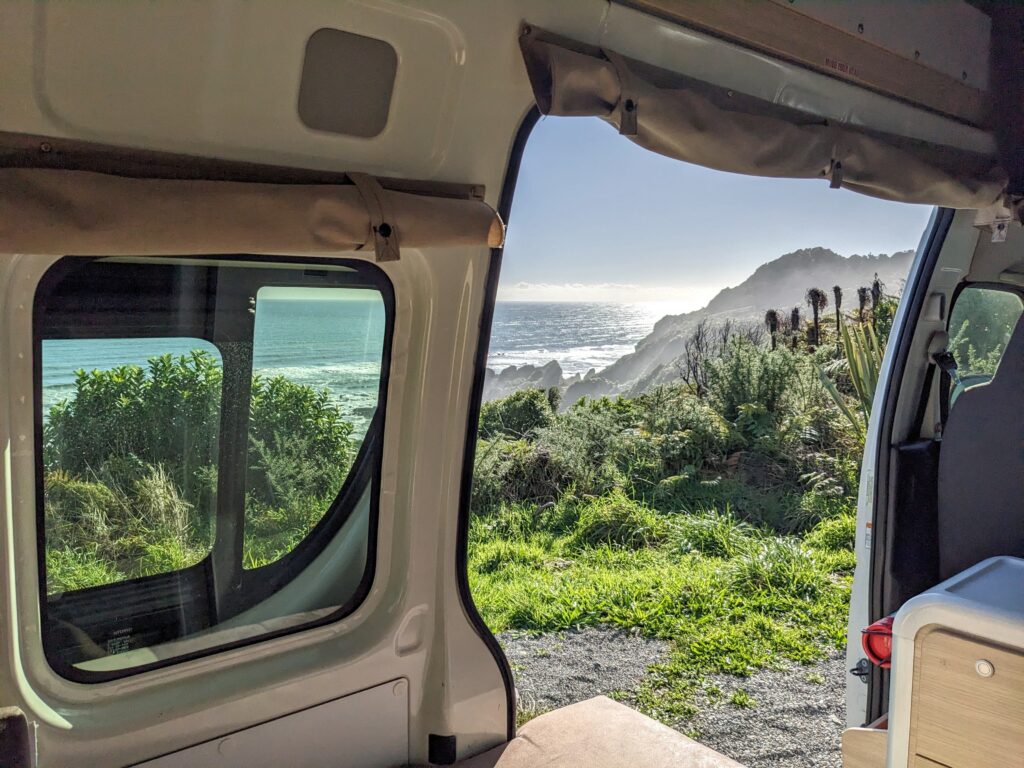
Escaping to the desert island paradise of Ko Adang 🇹🇭
Just like The Beach, except with far fewer drugs and murders.
📋 All of our desert island fantasies fulfilled on Ko Adang
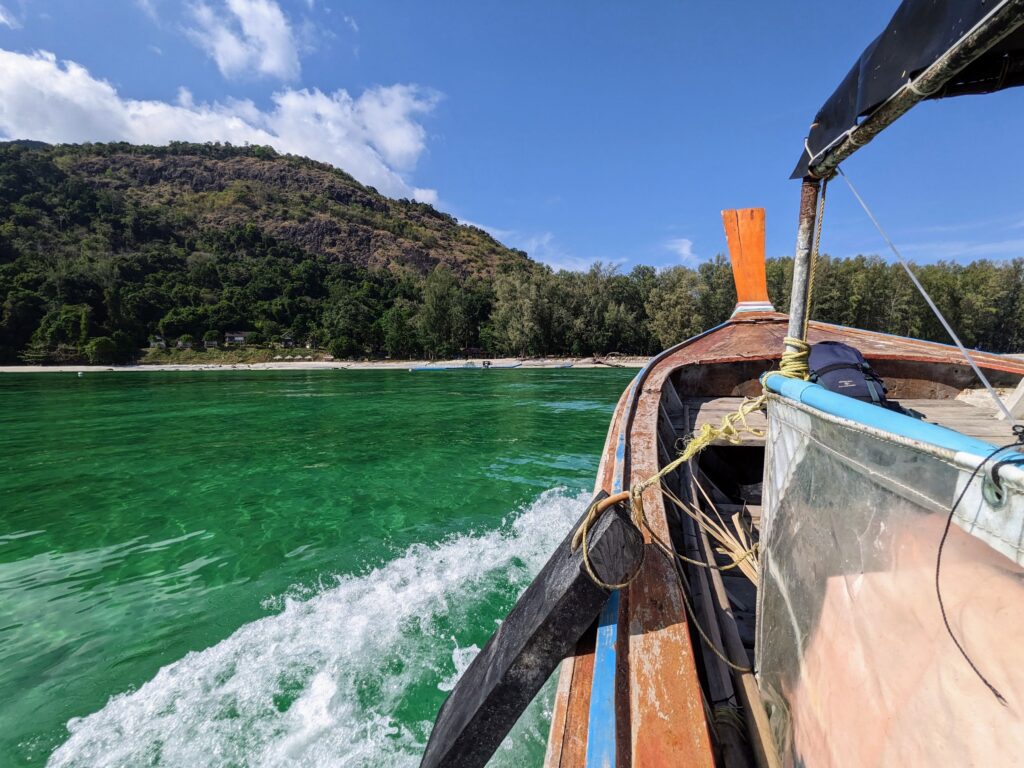
Floating above the fairy chimneys of Cappadocia 🇹🇷
Expensive, nervewracking and very, very cool.
📋 Flying high above Cappadocia

Going To The Sun in Glacier National Park 🇺🇸
Over a million acres of beautiful mountains, lakes and bears beginning in a remote corner of Montana and stretching all the way up into Canada, accessible on the iconic Going-to-the-Sun Road.
📋 Eating like a grizzly in Glacier National Park 🗻🐻🥧
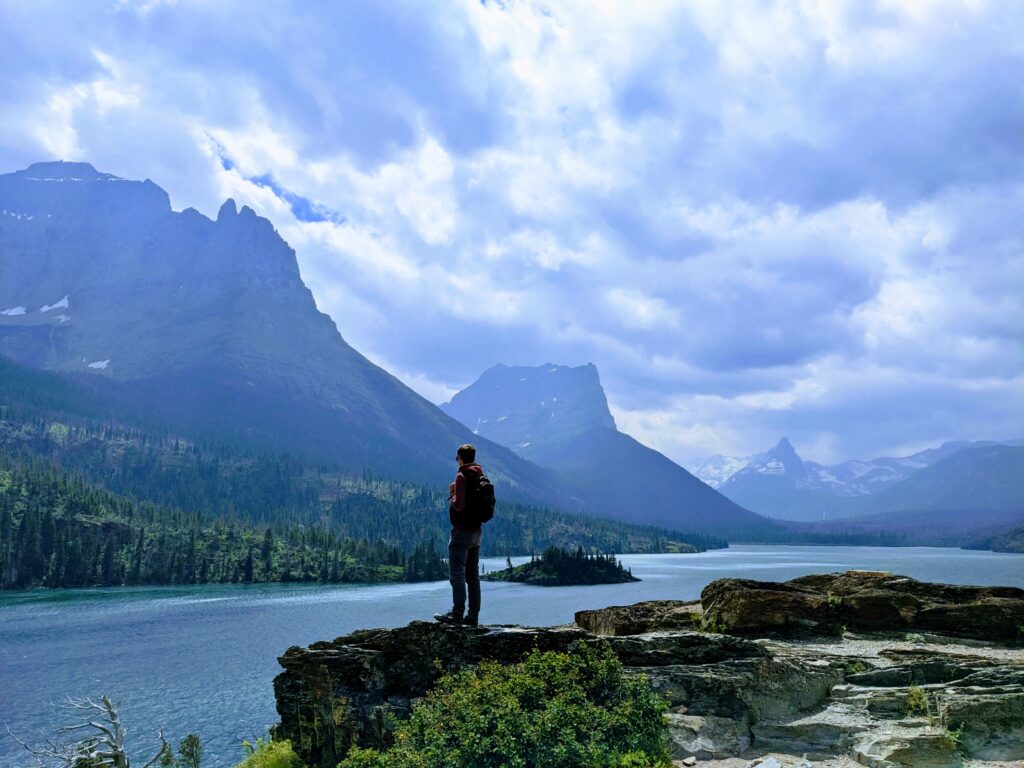
Hiking in the Cinque Terre 🇮🇹
Not exactly niche, but definitely worth the hype.
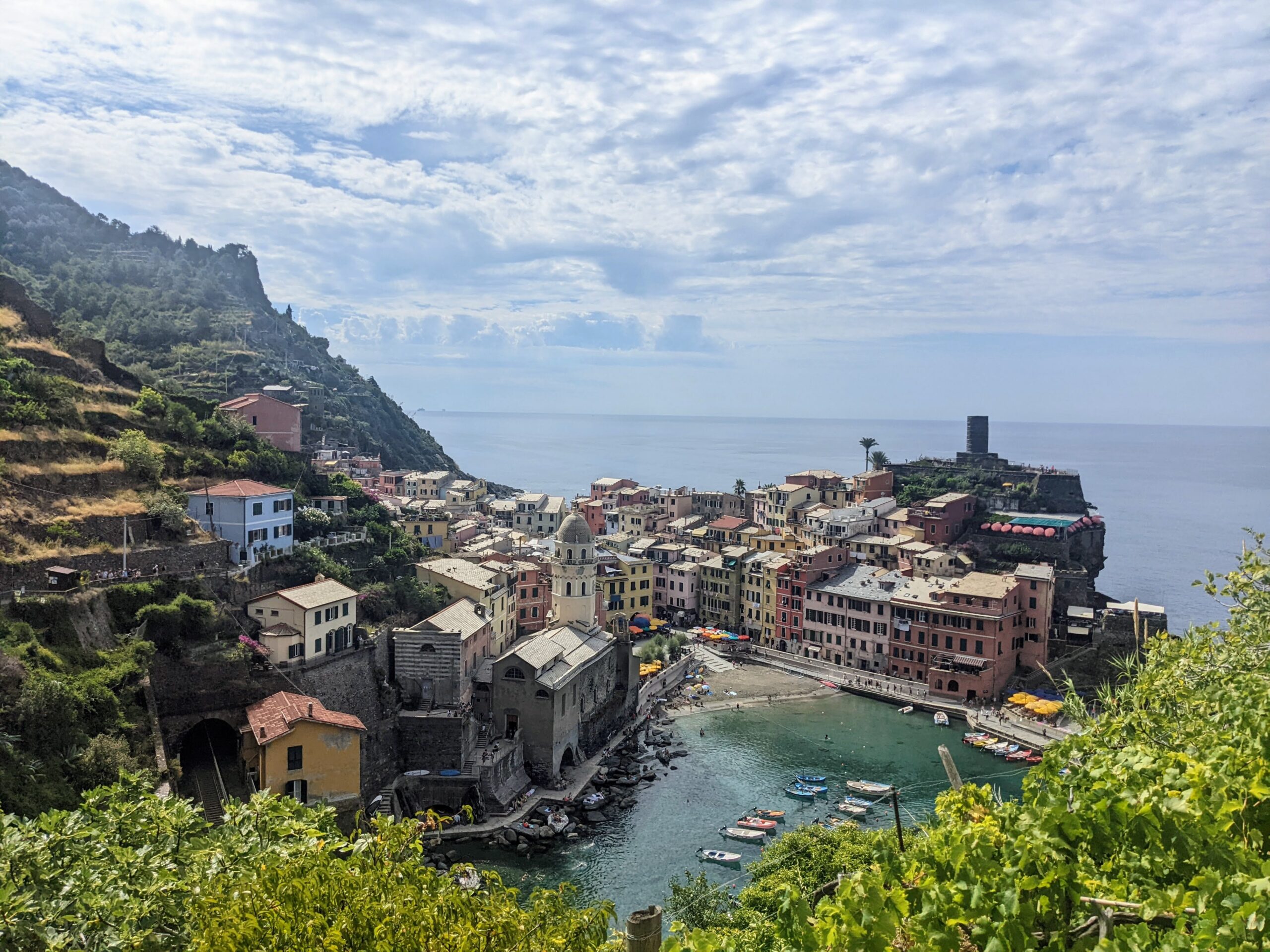
Ice skating on the world’s highest rink in Almaty 🇰🇿
Kazakhstan in general was a lot of fun and as always, watching people wobble around on ice skates didn’t disappoint, but this was also a truly spectacular setting in the mountains above Almaty.
📋 Almaty, our final stop in Central Asia
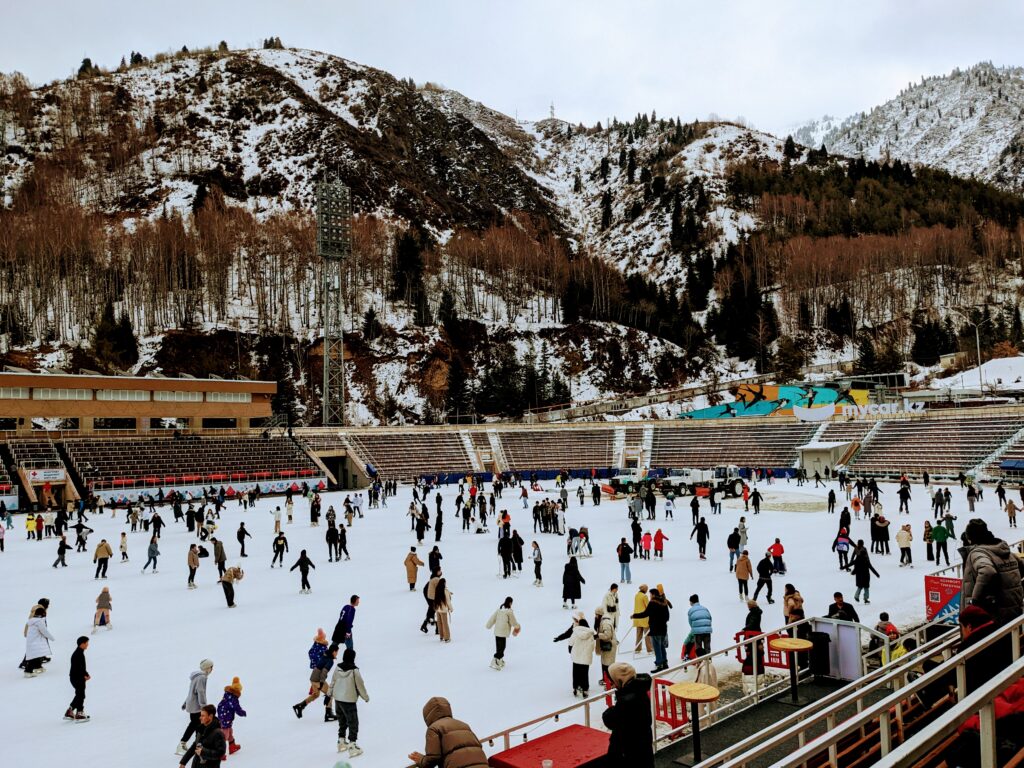
Joining the Silk Road in Khiva 🇺🇿
Our first taste of Uzbekistan’s section of the Silk Road had the biggest impact on us.
📋 Rejoining the Silk Road in Khiva
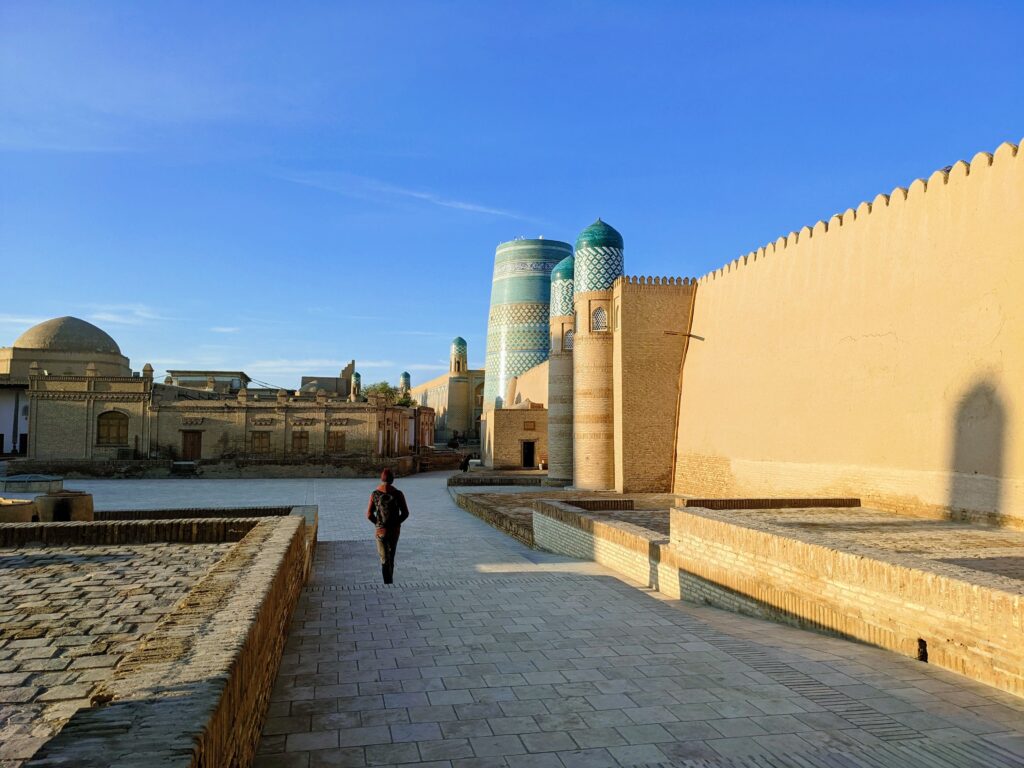
Kayaking in Lan Ha Bay 🇻🇳
Paddling (somewhat) serenely through one of Vietnam’s most iconic and otherworldly seascapes.
📋 Kayaking between the limestone mountains of Hạ Long Bay
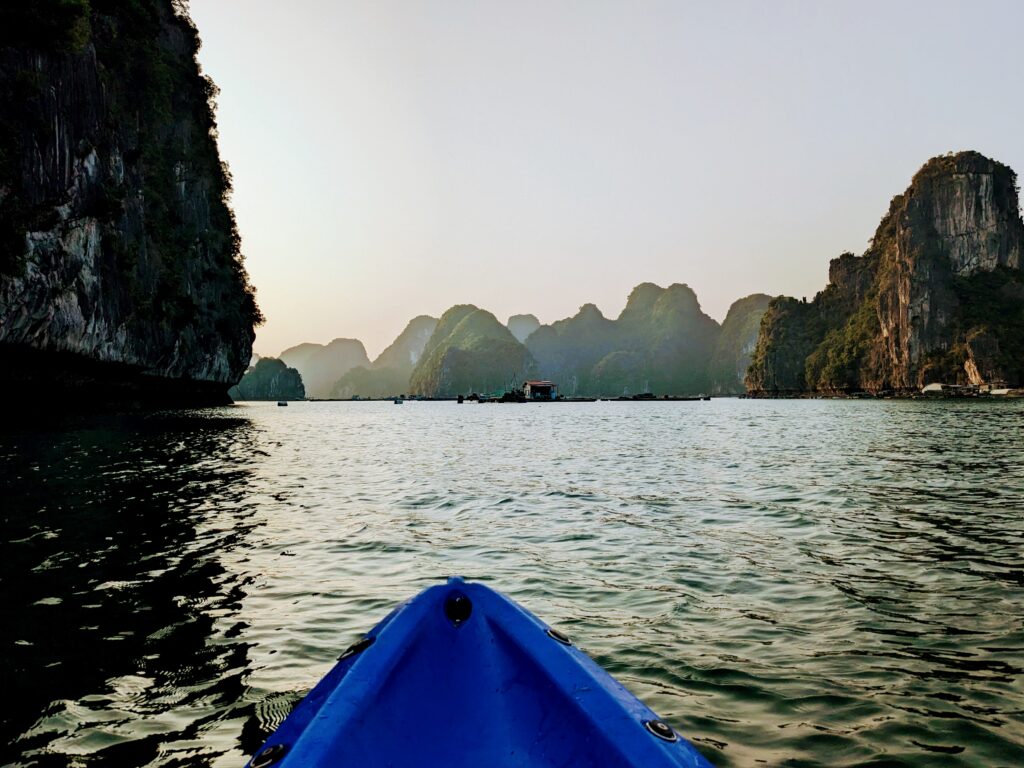
Living like a monk on a Korean temple stay 🇰🇷
Probably the most baffling 24 hours of our entire trip, but we wouldn’t have traded the experience for anything.
📋 A Secret Diary of a Temple Stay, by Sara aged 13 ¾

Meeting the hiking dogs of the Caucasus 🇬🇪
Making friends with some gentle giants while hiking in the spectacular mountains of northern Georgia.
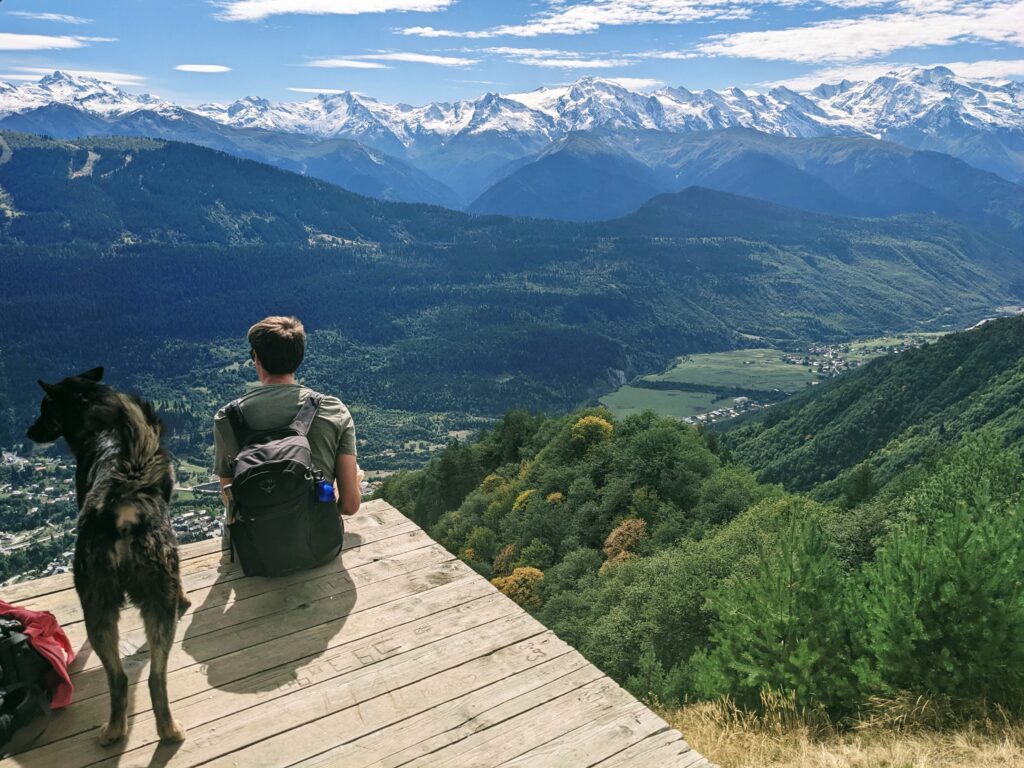
Night skiing in Niseko 🇯🇵
Genuinely the most (and best) snow we’ve ever seen. SO GOOD!
📋 Chasing the powder in Niseko
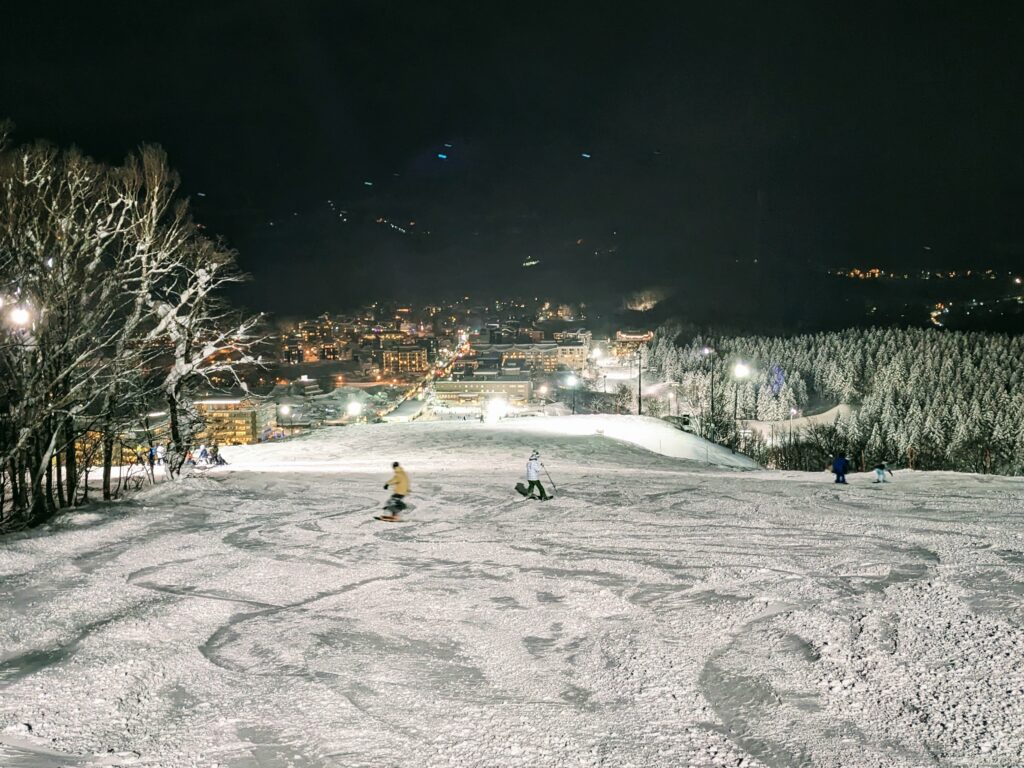
Observing the New Year festivities at the Hokkaidō Shrine 🇯🇵
A very different New Year for us, but we loved embracing Japanese traditions and learning our fortunes for the year.
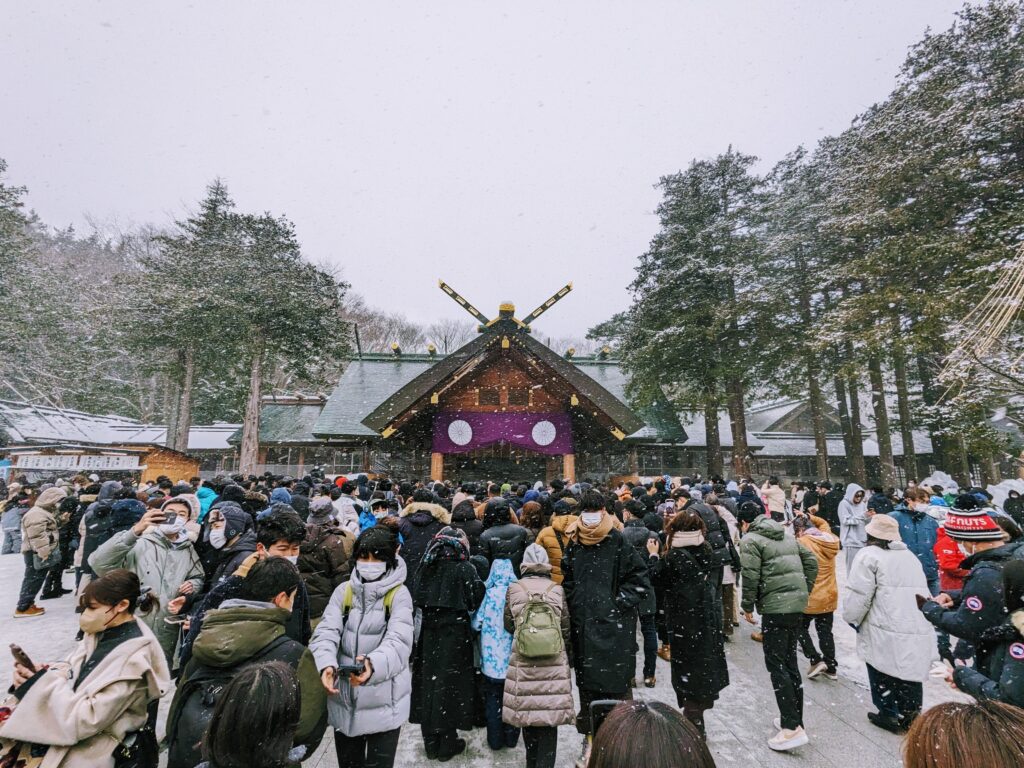
Paddling through the rice paddies of Luang Prabang 🇱🇦
Making friends with Susan the water buffalo and learning how to grow sticky rice. Who knew it could be so fascinating?!
📋 Ten steps to the perfect Lao sticky rice
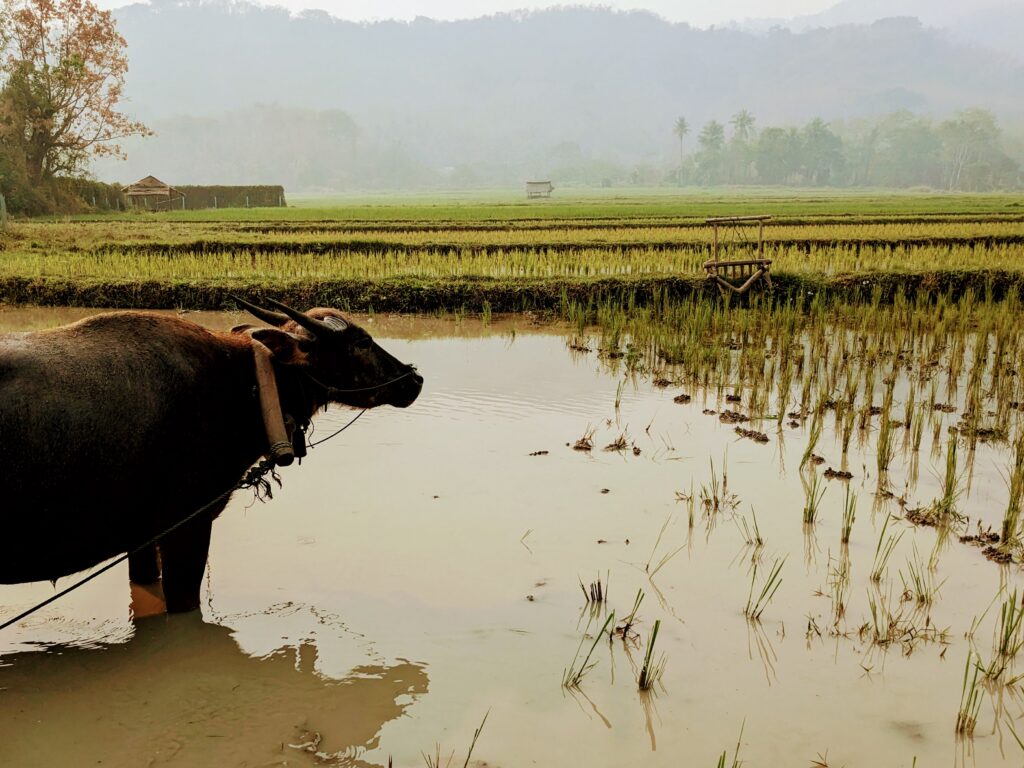
Quaffing wine in the vineyards of Marlborough 🇳🇿
Gorgeous weather and a whole day of NZ wine. Perfection!
📋 Marlborough by tandem, fuelled by wine
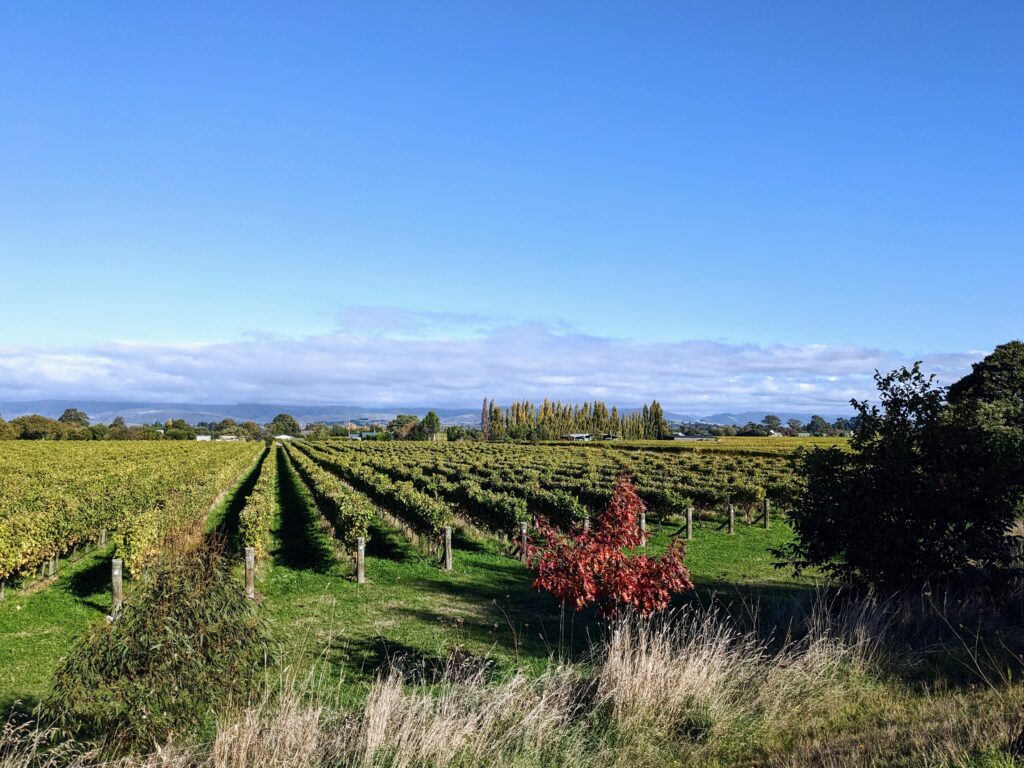
Riding the Otago Central Rail Trail on two wheels 🇳🇿
Four days of spectacular cycling through a wild, arid and sparsely populated corner of NZ’s South Island.
📋 We actually finished something! Cycling the Otago Central Rail Trail
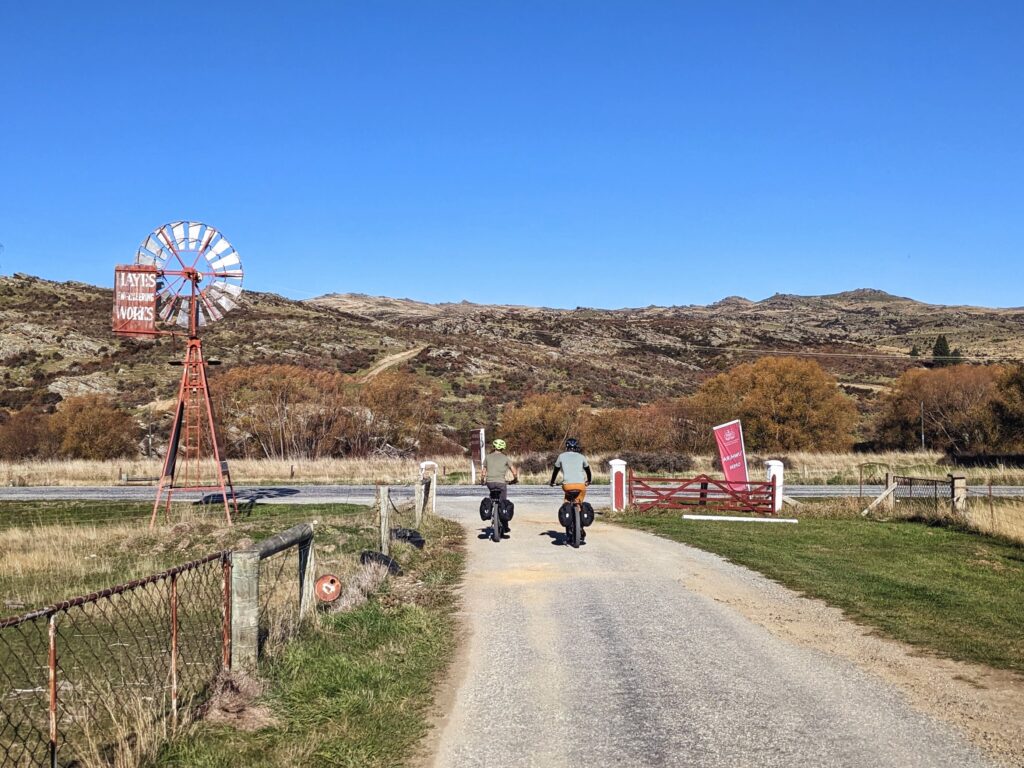
Soaking in a snowy onsen in Tazawako 🇯🇵
Bathing in the forest while surrounded by deep snow drifts was a magical experience.
📋 Beef tongue and snowy onsens in Honshu
📋 Japan in 12 hot baths
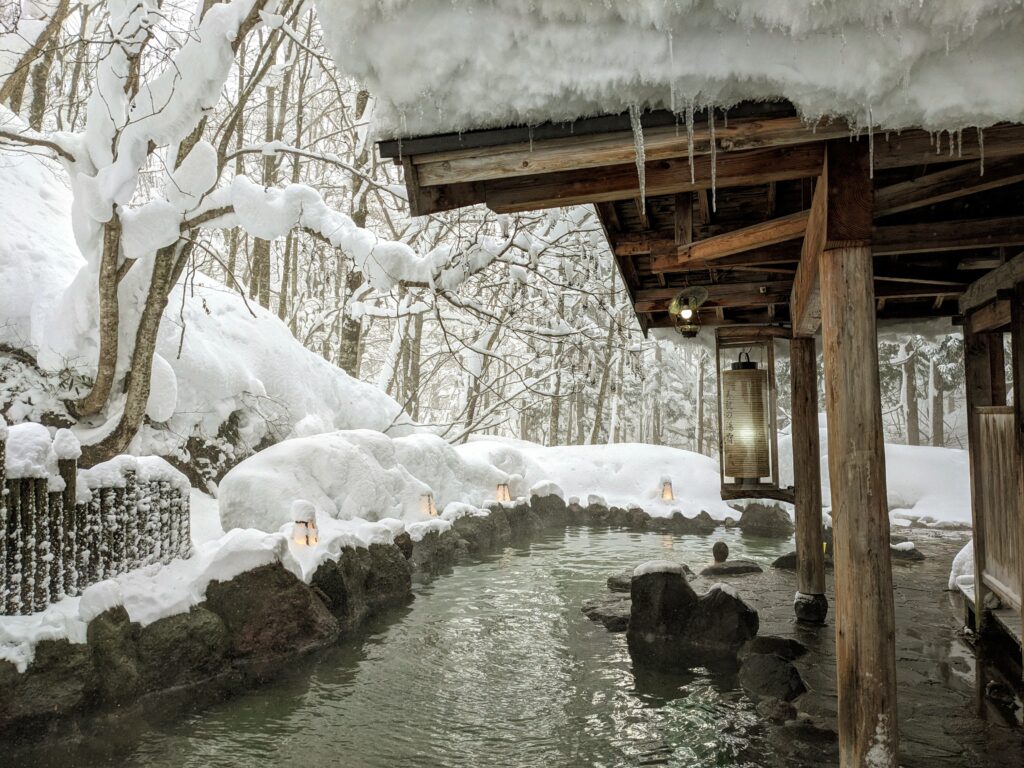
Taking the slow boat down the Mekong river 🇱🇦
An incredibly peaceful few days drifting along the Mekong River through Laos.
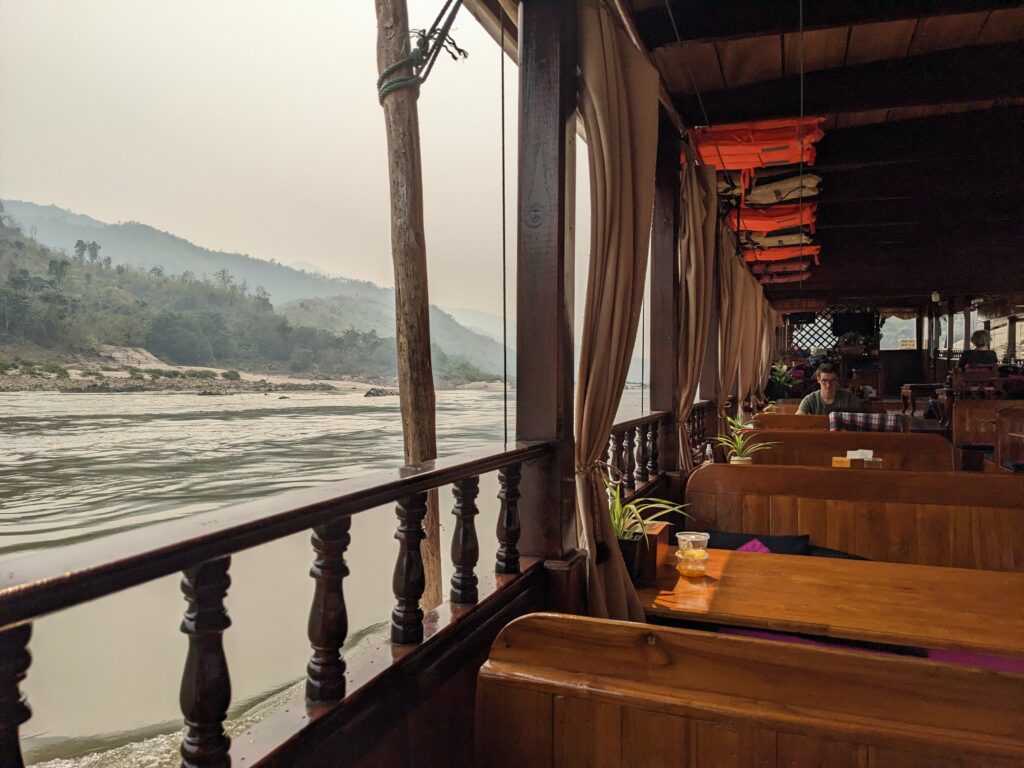
Urb-exing the sanatoria of Tskaltubo 🇬🇪
An afternoon exploring a spa town full of crumbling sanatoria near to Georgia’s second city, Kutaisi. Fascinating and unnerving in equal measure, and totally different to anything else we did on this trip.
📋 Urbexing the abandoned sanatoria of Tskaltubo
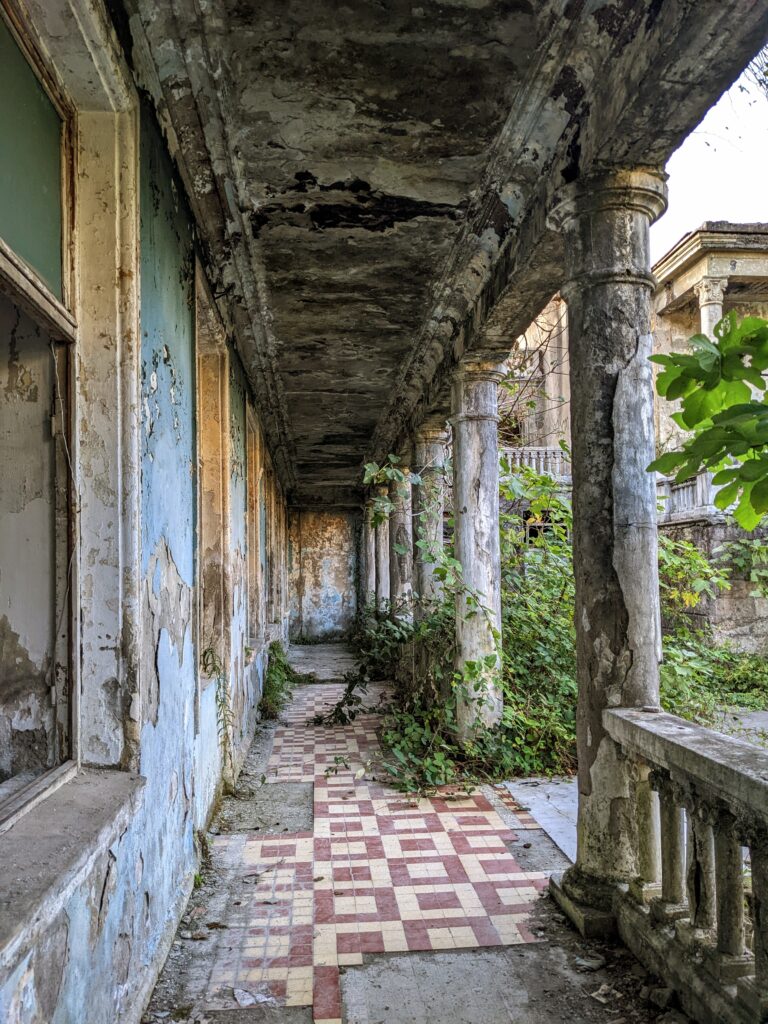
Visiting Meteora’s mountaintop monasteries 🇬🇷
We loved exploring these precariously-perched monasteries in mainland Greece. The area is apparently one of Greece’s biggest tourist destinations (except that no one seems to have heard of it!).
📋 Walking the mountains of Meteora
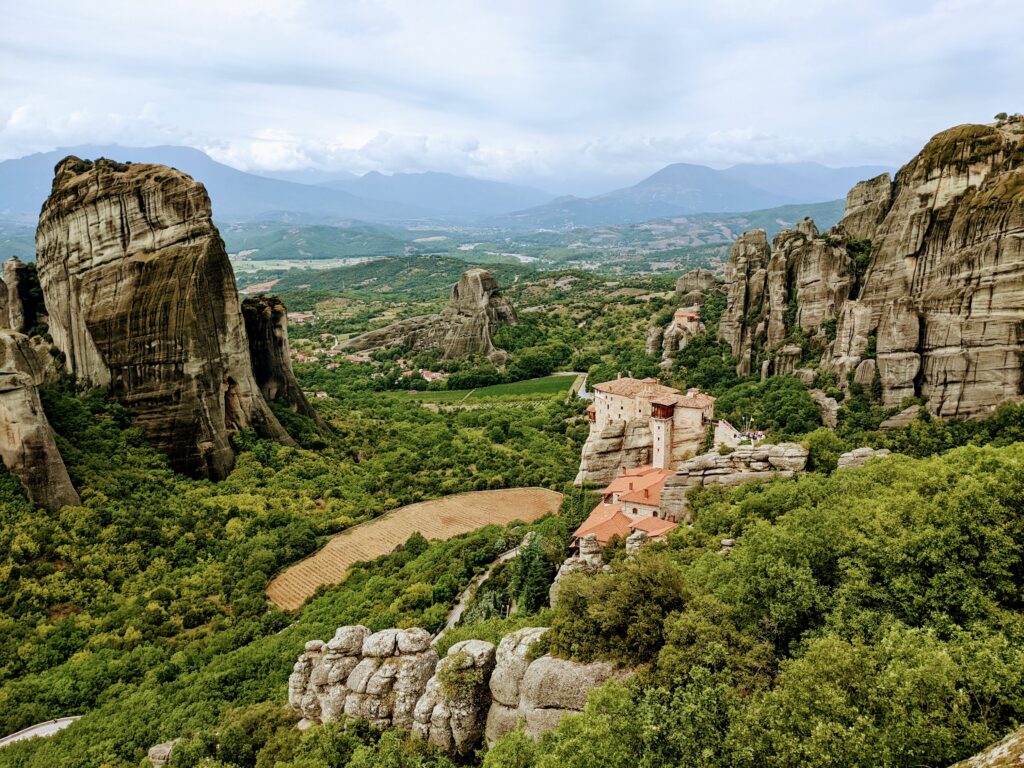
Wading through the travertines of Pamukkale 🇹🇷
A weird and wonderful landscape unlike anything we’d seen before.
📋 Wallowing in the Cotton Castle

eXploring Singapore by night 🇸🇬
(Please forgive the shoehorning of the letter X in here – if only we’d had the foresight to do some xylophoning on our trip.) We do love a free activity and Singapore’s supertree light show didn’t disappoint.
📋 Celebrating the finale of our Southeast Asian leg in Singapore
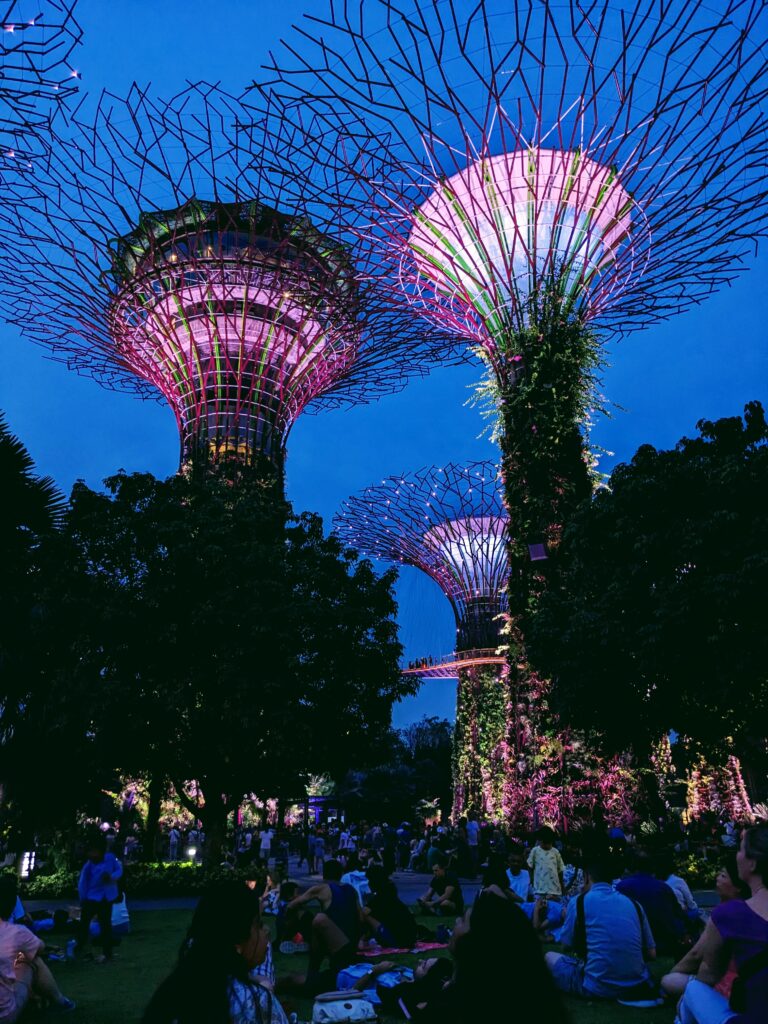
Yodelling our way around Salzburg 🇦🇹
Salzburg way exceeded our expectations – another city to add to our list of places we’d happily live.
📋 🎶 The hills are alive with the sound of…beer halls 🍻
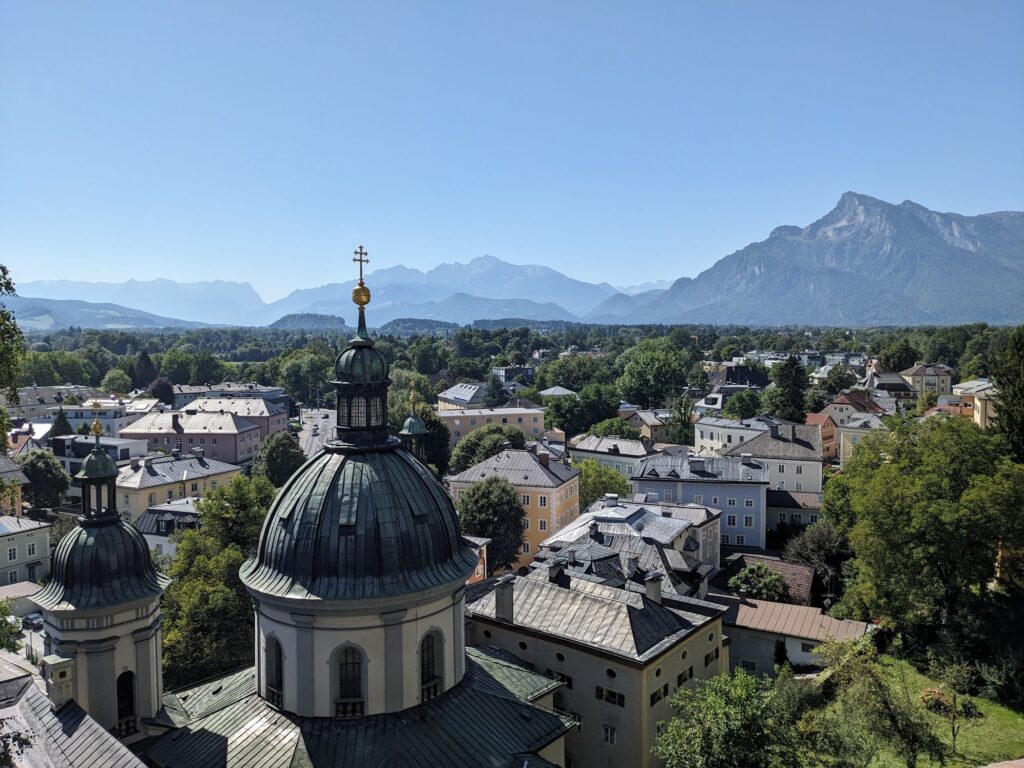
Zooming across Japan on a bullet train 🇯🇵
Japan’s rail network has got to be the best in the world, and boarding a Shinkansen felt more like getting on an aeroplane than a train. What a way to travel!
📋 Getting buried alive in Ibusuki
📋 Christmas in Hiroshima and Osaka
📋 Four together again in Tokyo
📋 New Year in snowy Sapporo
📋 It’s called Hakodate, mate*
📋 Beef tongue and snowy onsens in Honshu
📋 Memoirs of a geezer (in Kyoto)
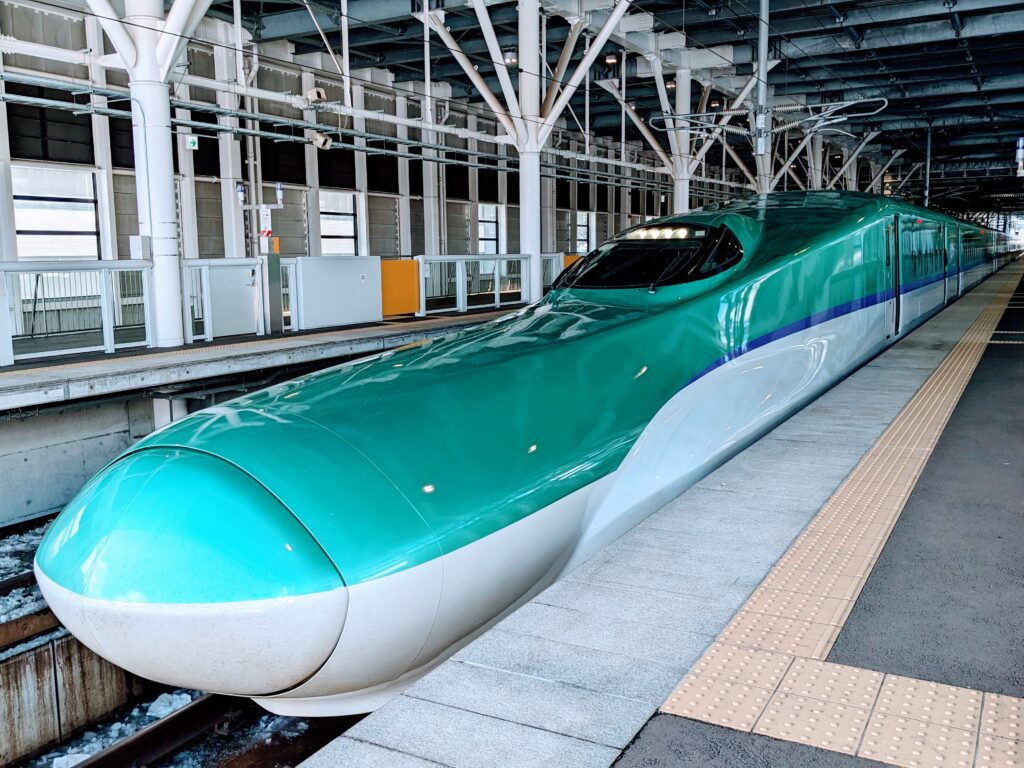
We realised two things writing this post:
- We experienced way, way more than 26 highlights during our nearly 13 months away
- Fitting even 26 highlights neatly into alphabetical order was really quite difficult!
But you might also notice that there’s very little mention of food here – we had to make this a rule, or else all 26 entries would have been about what we ate! We might just have to write a food highlights post too. It’s making me hungry just thinking about it…
